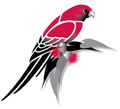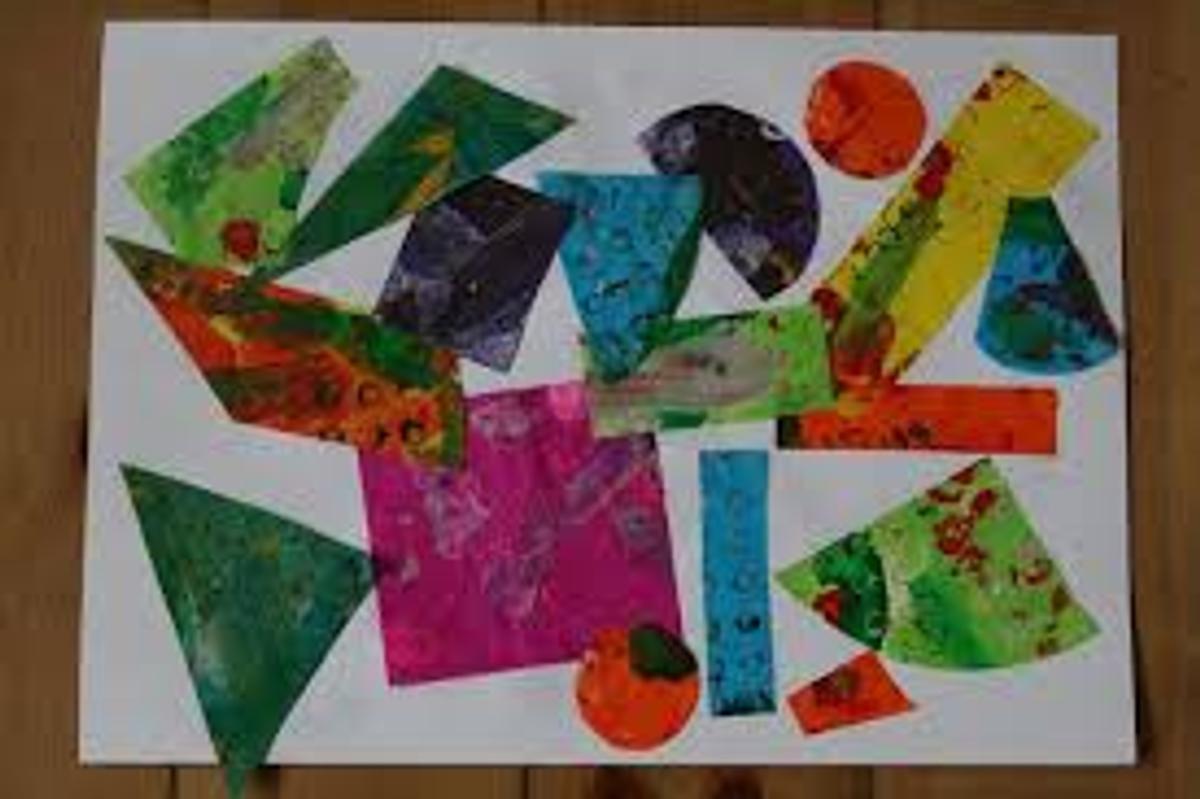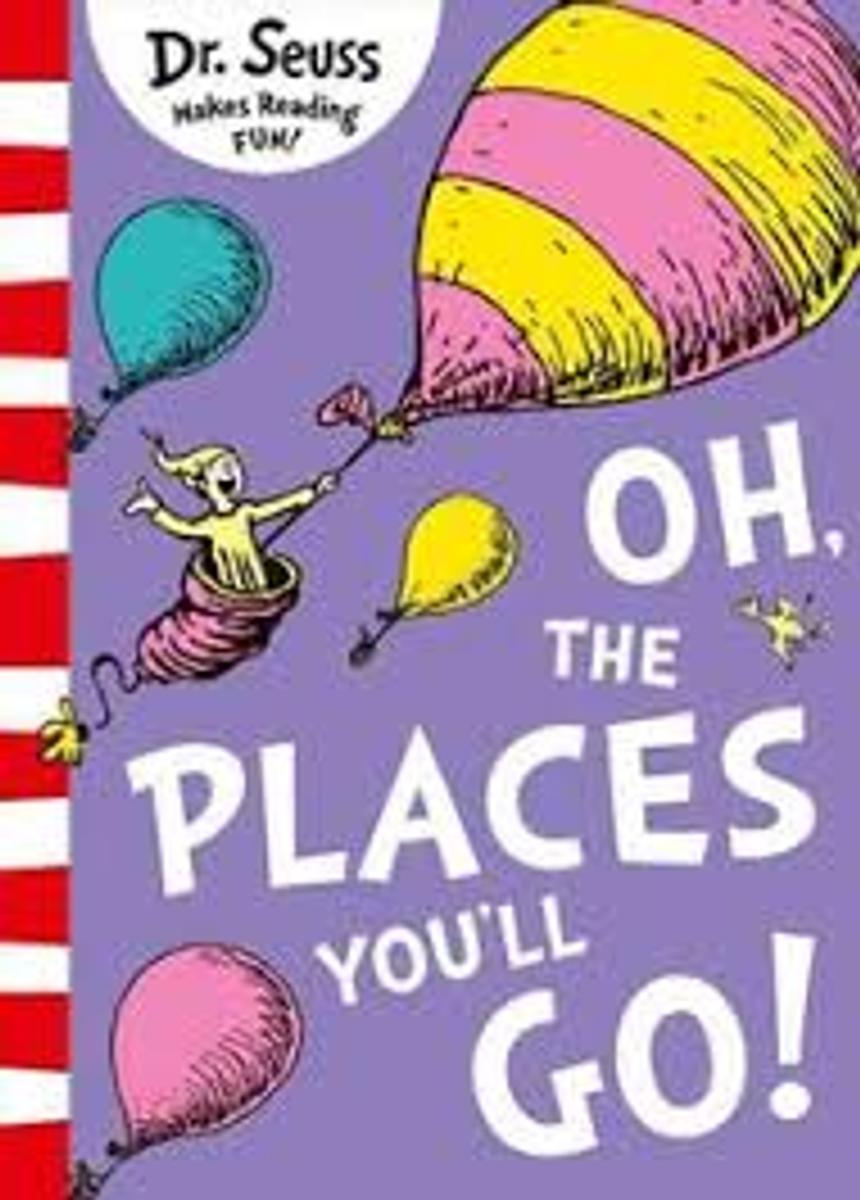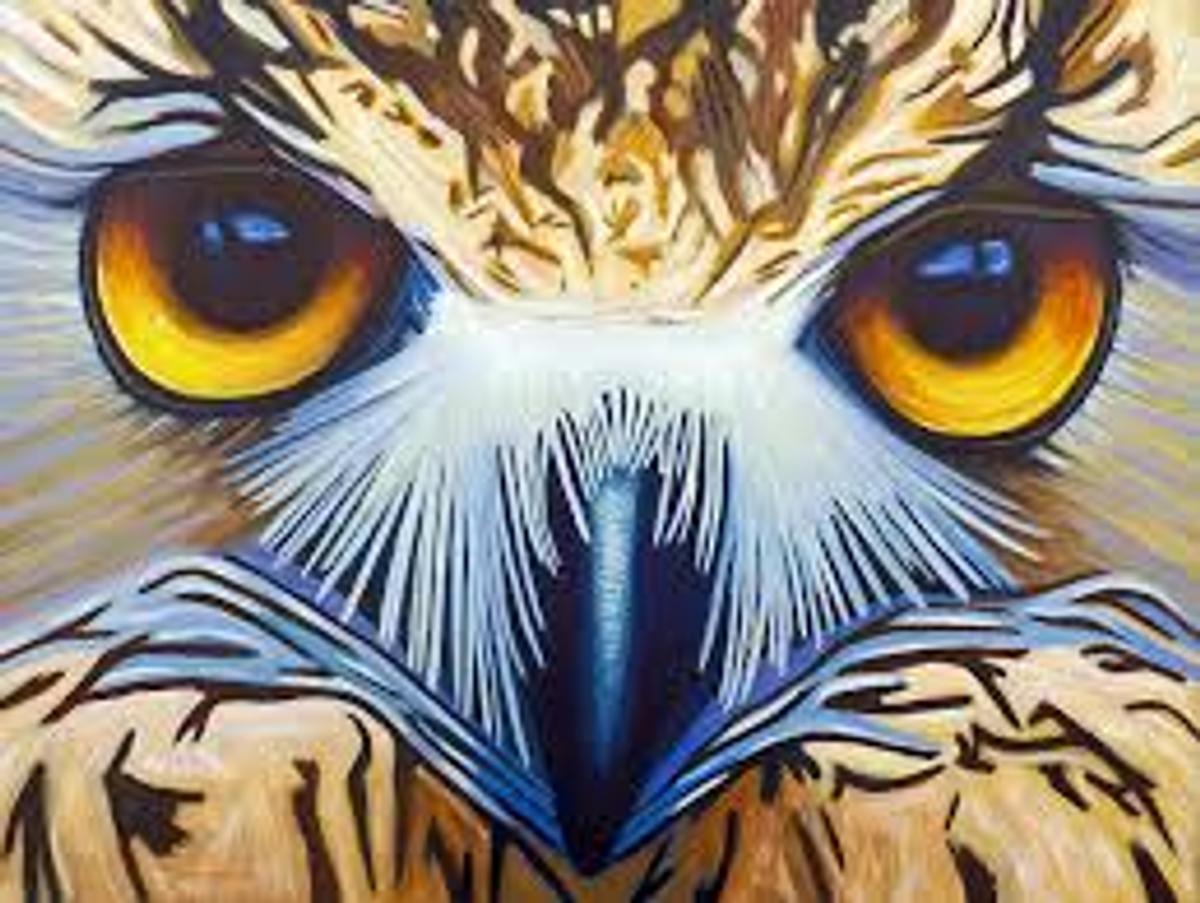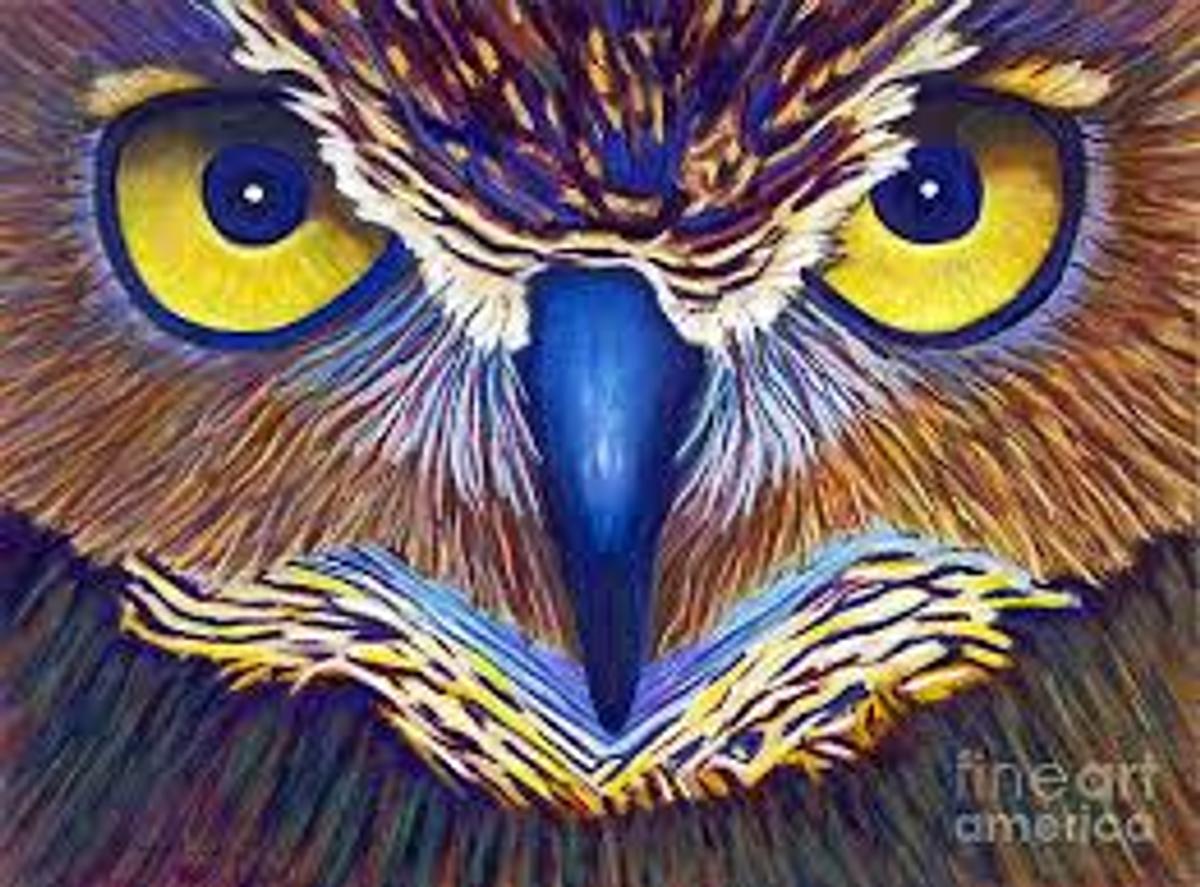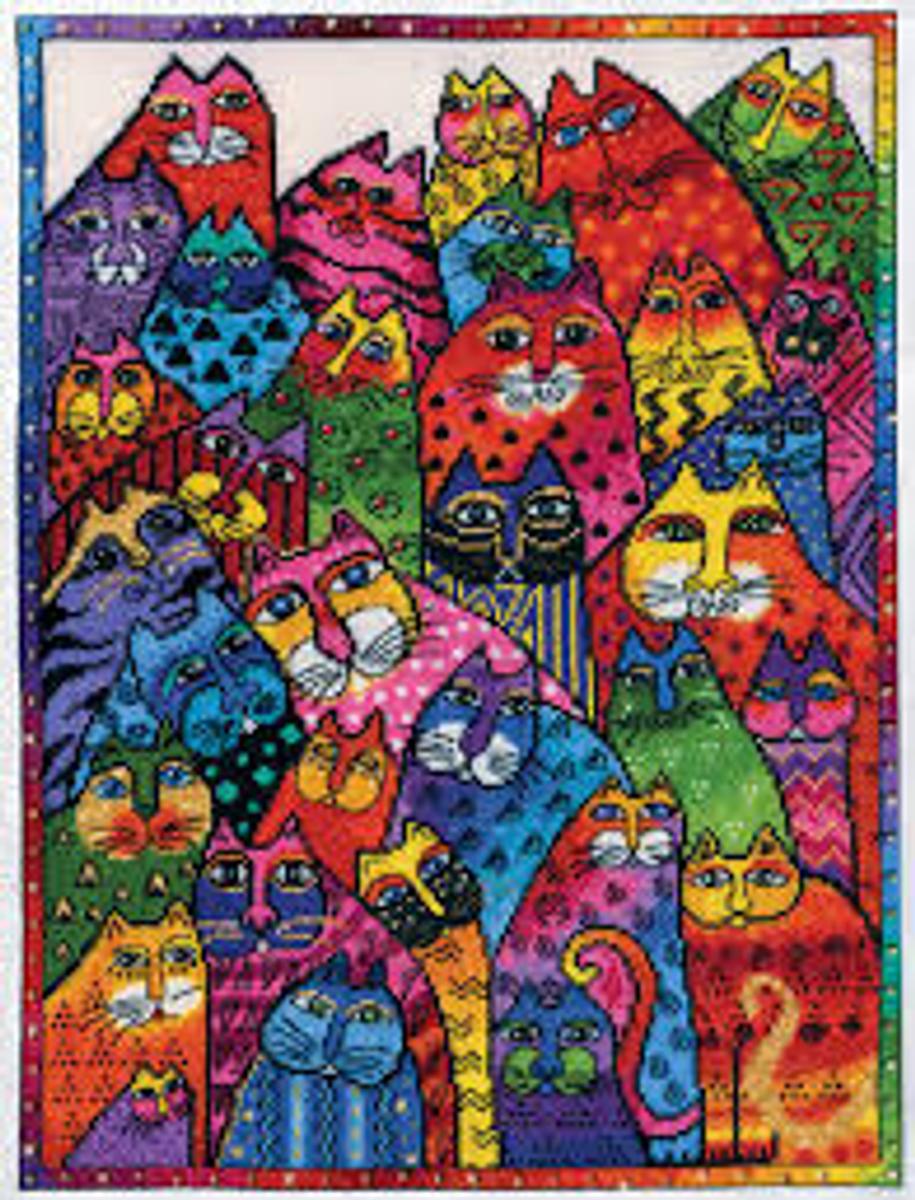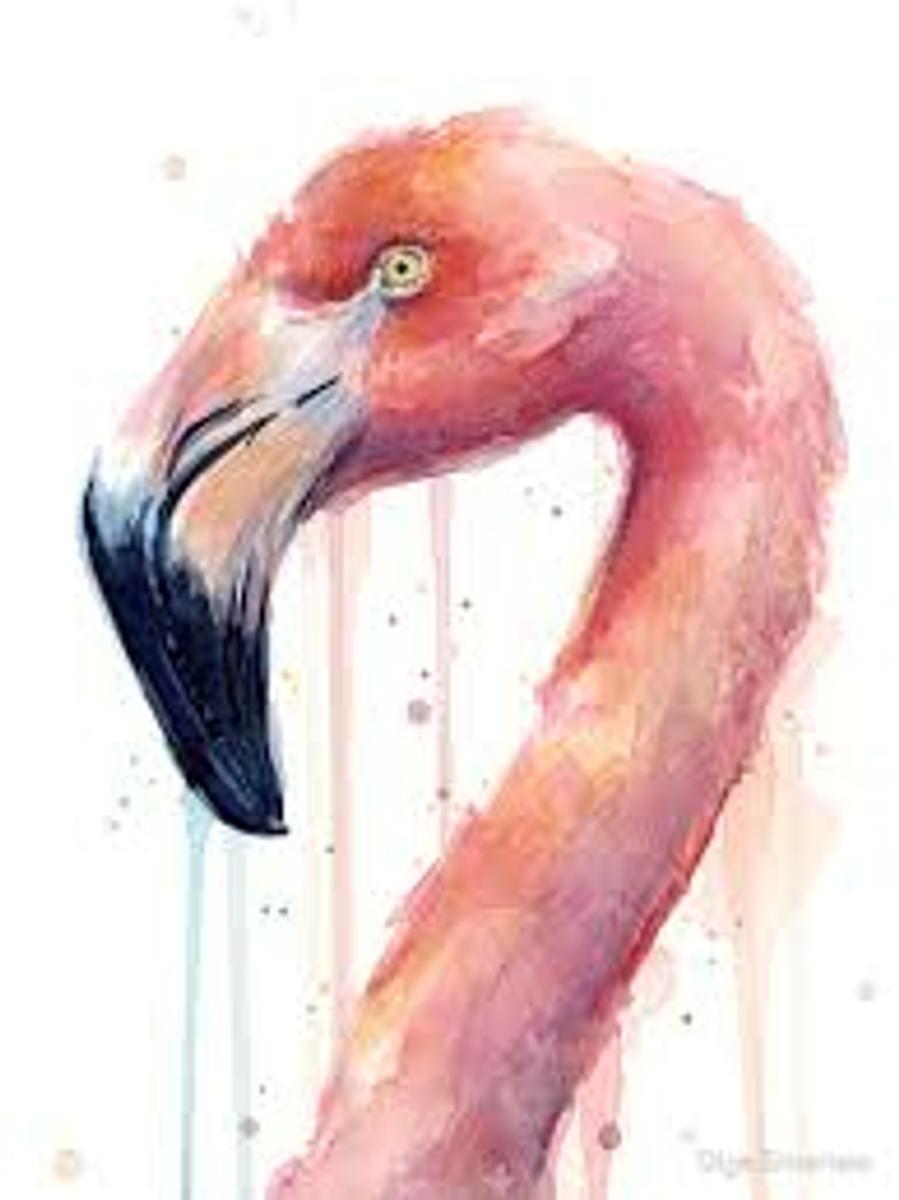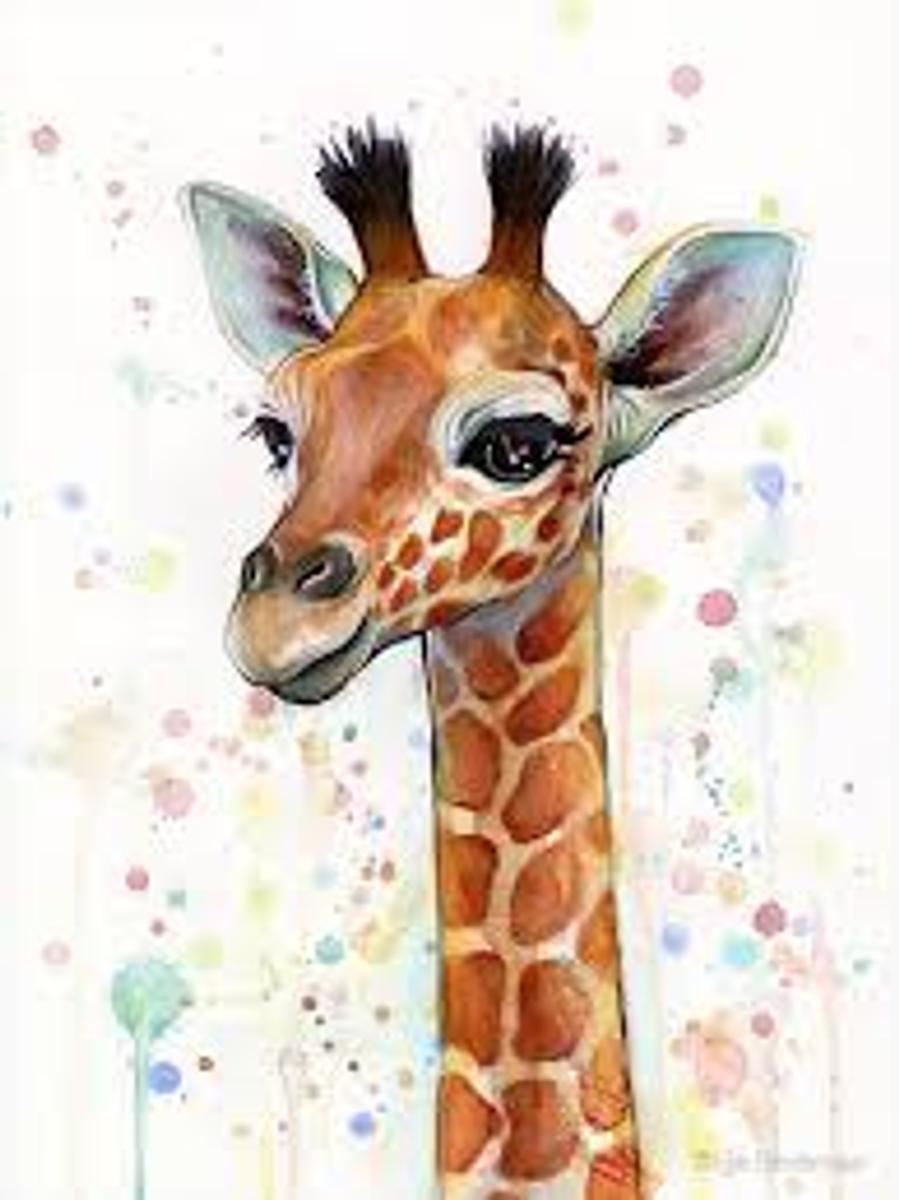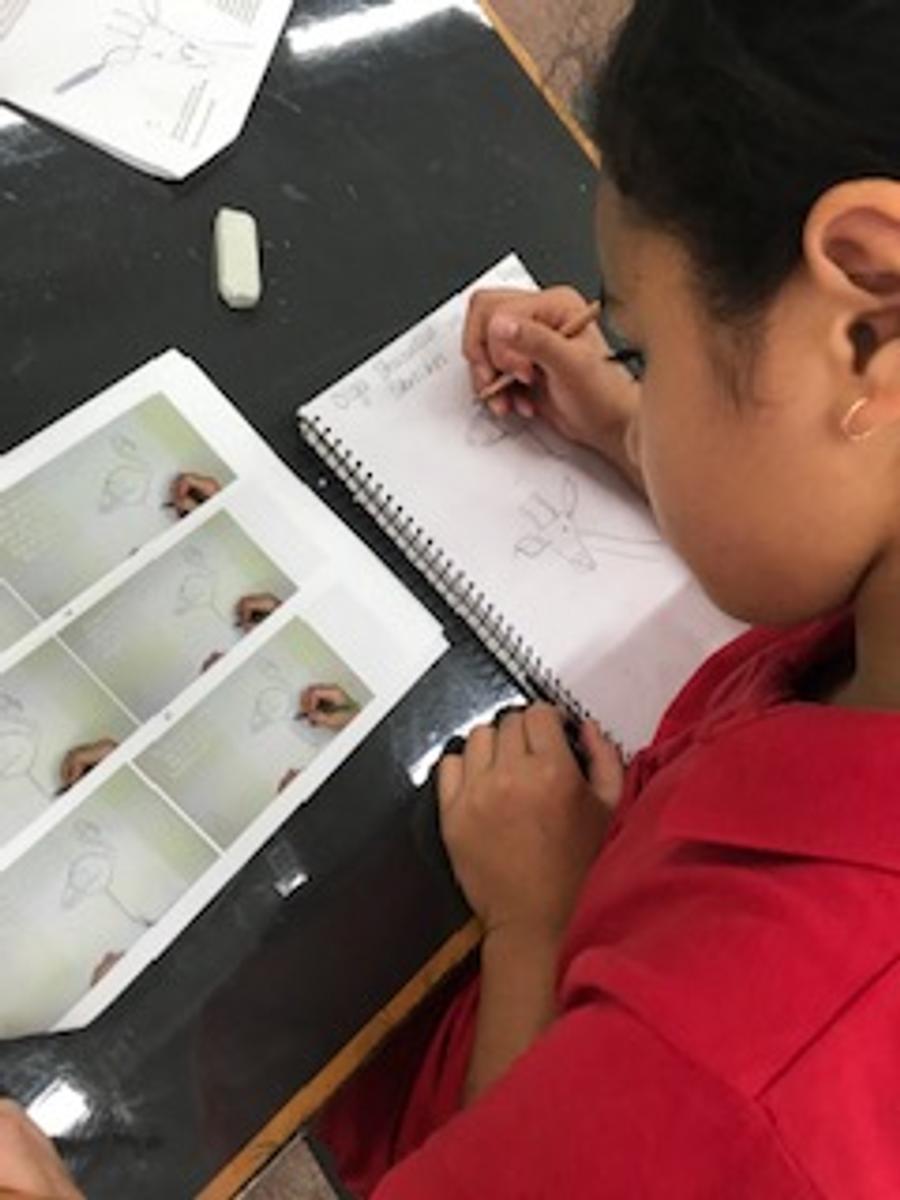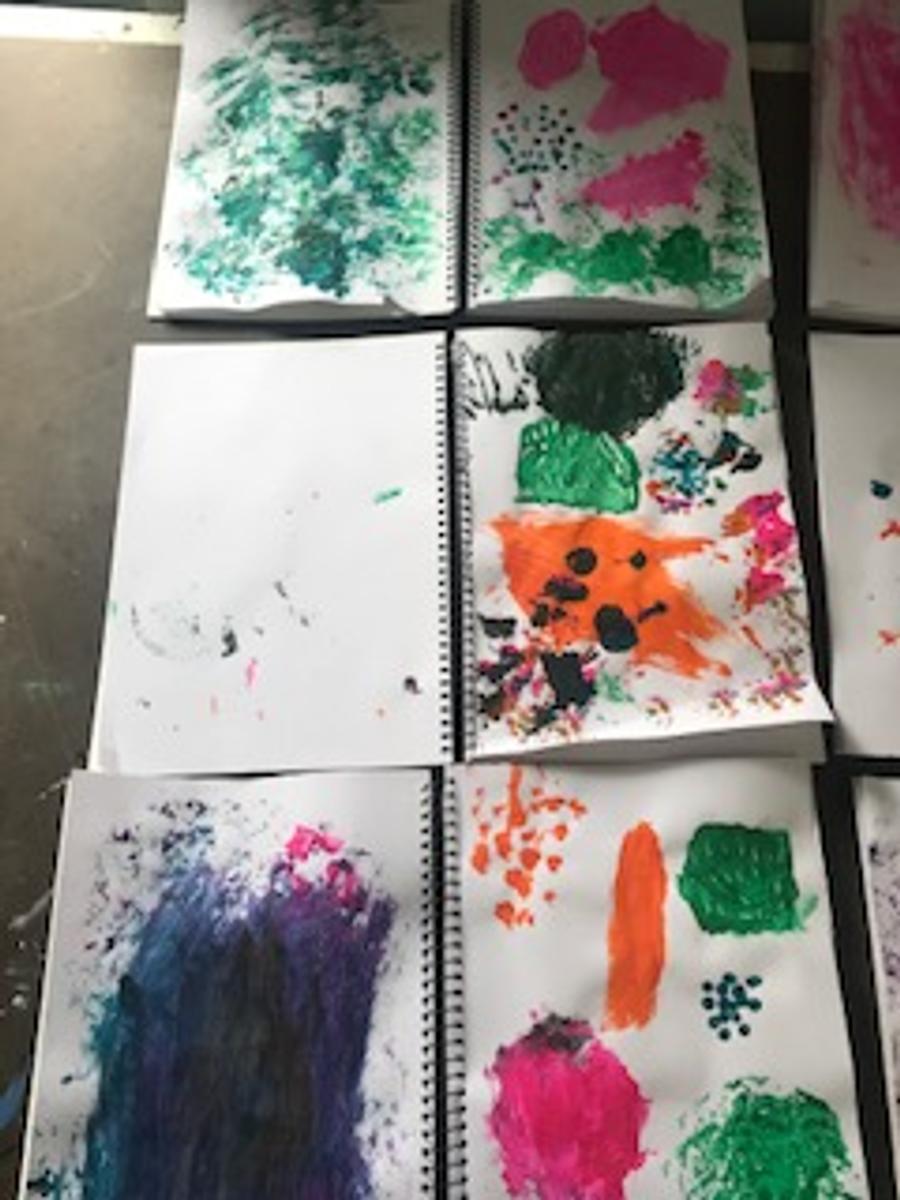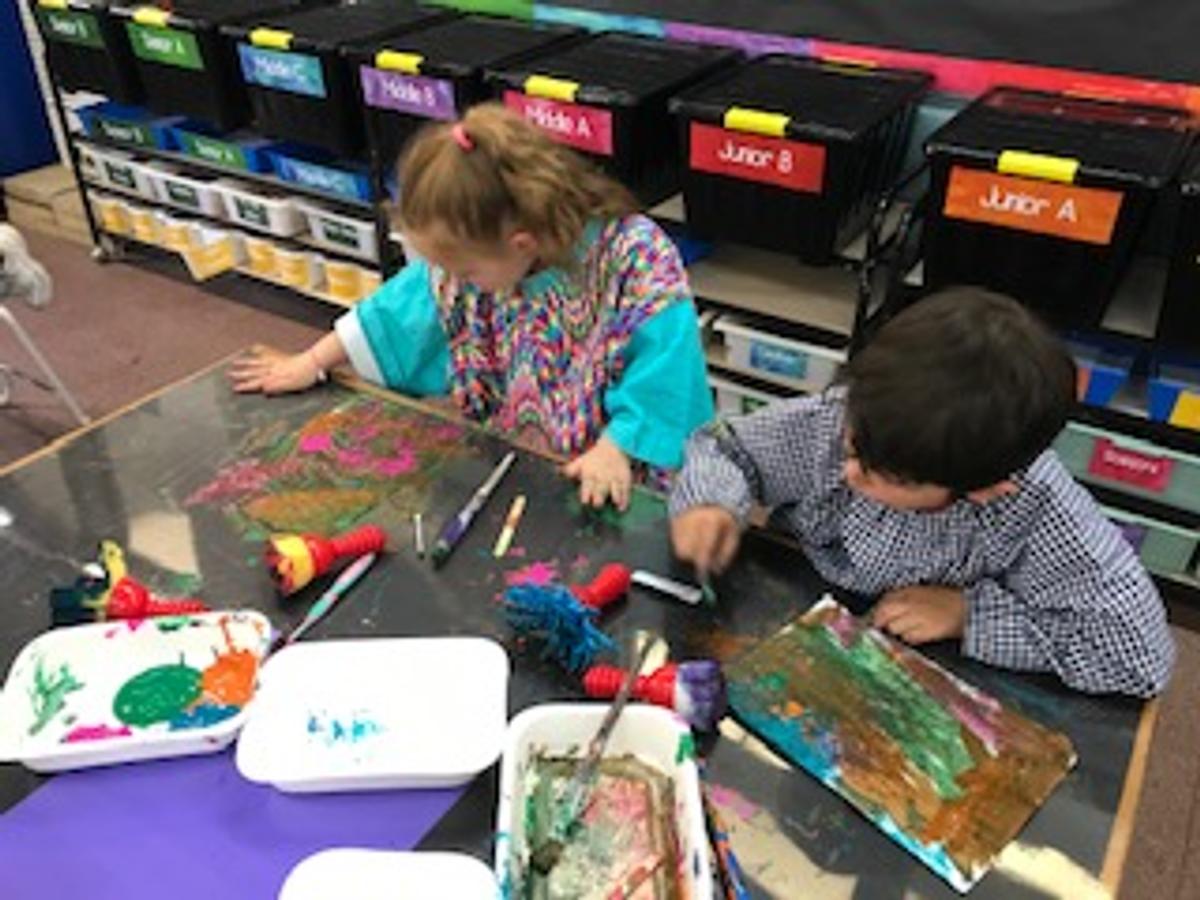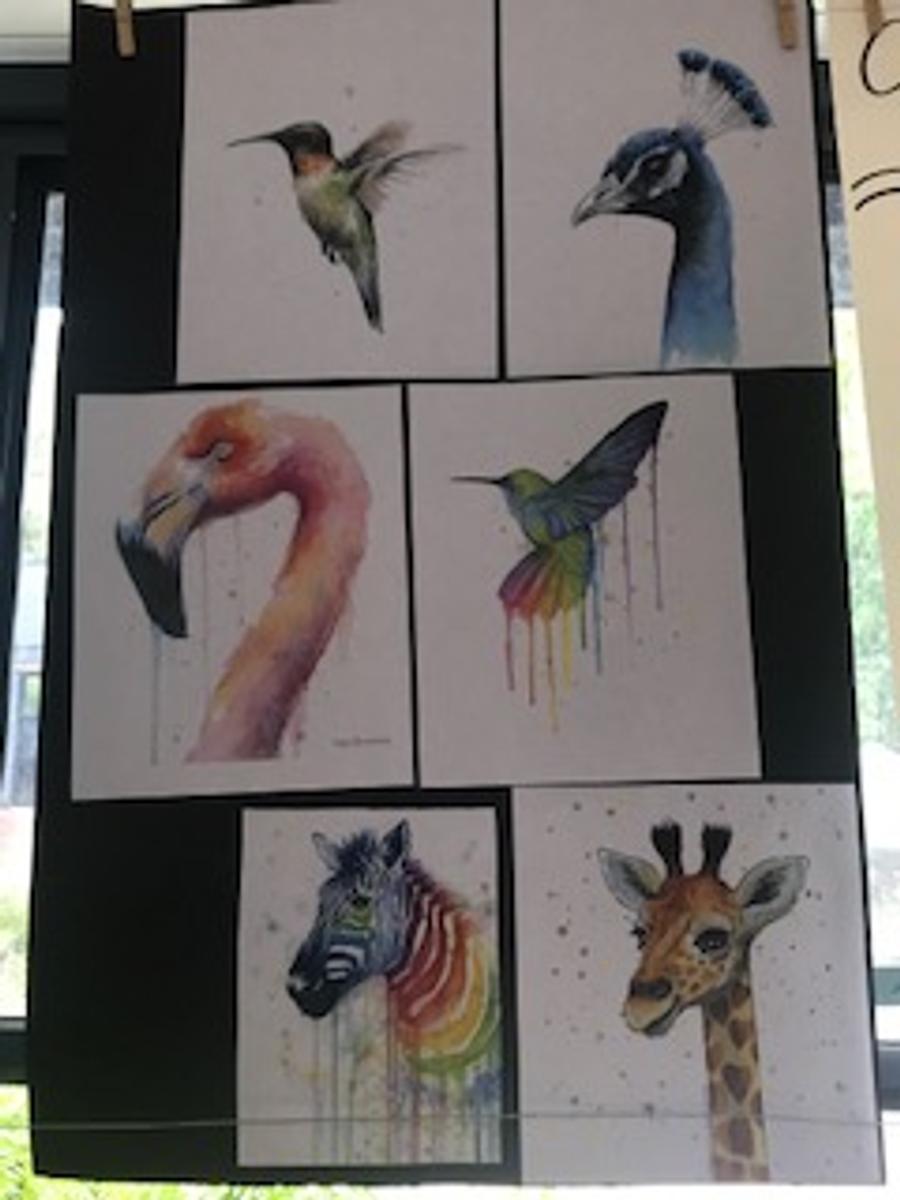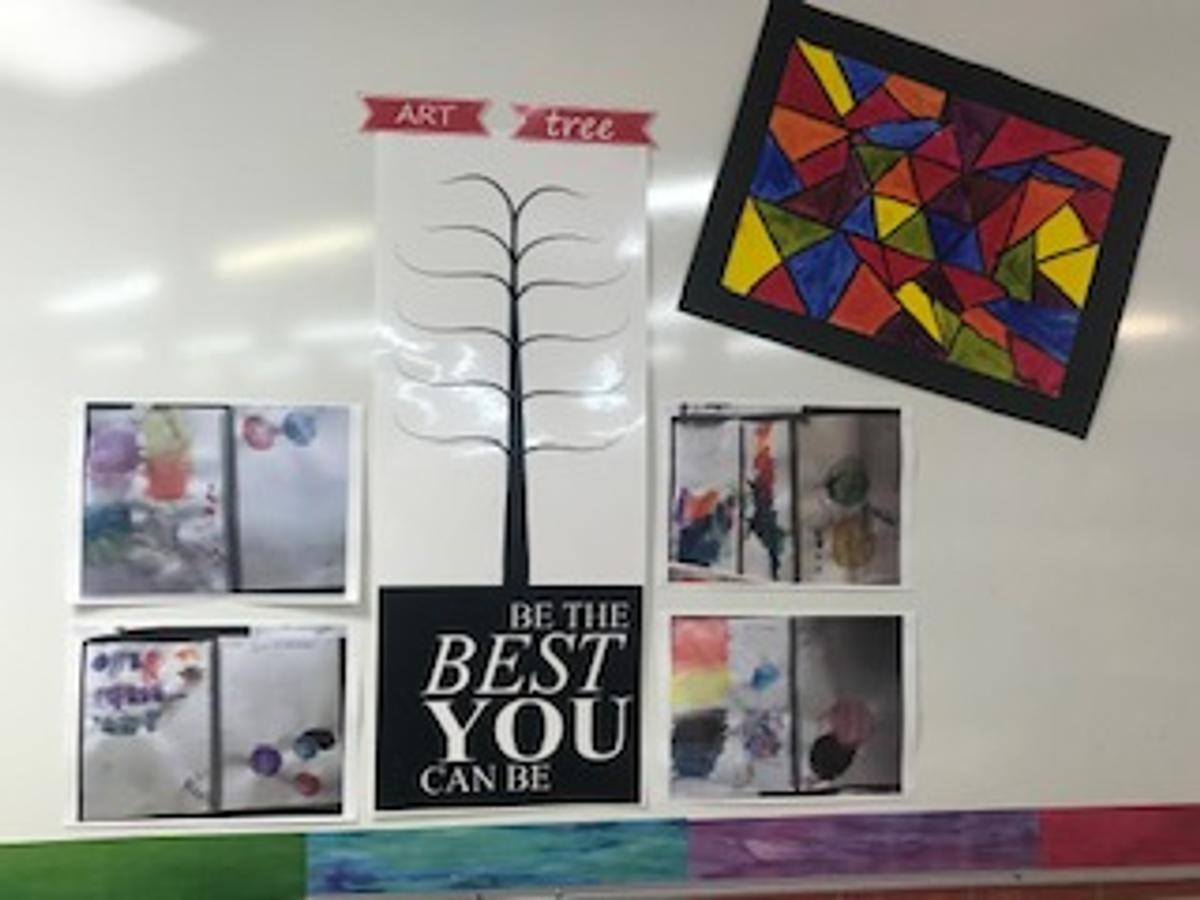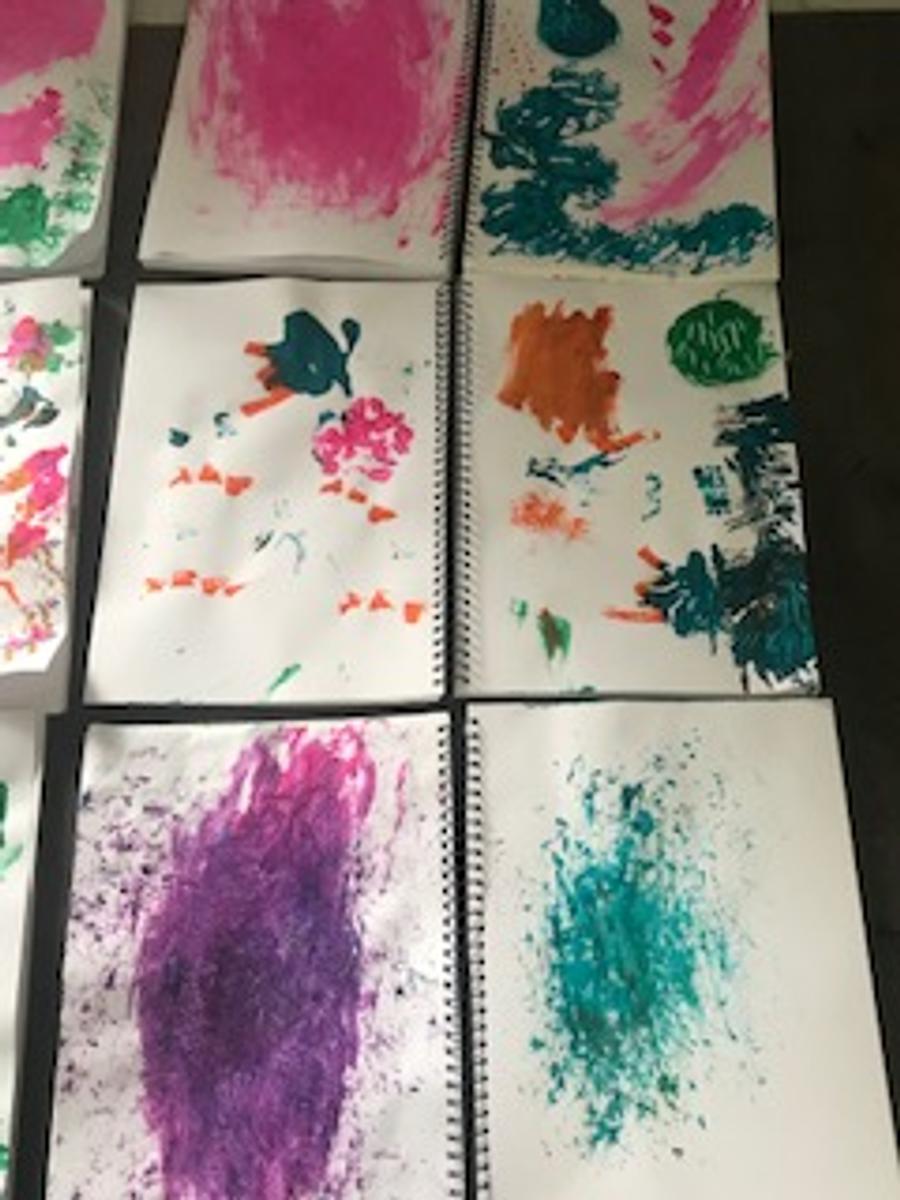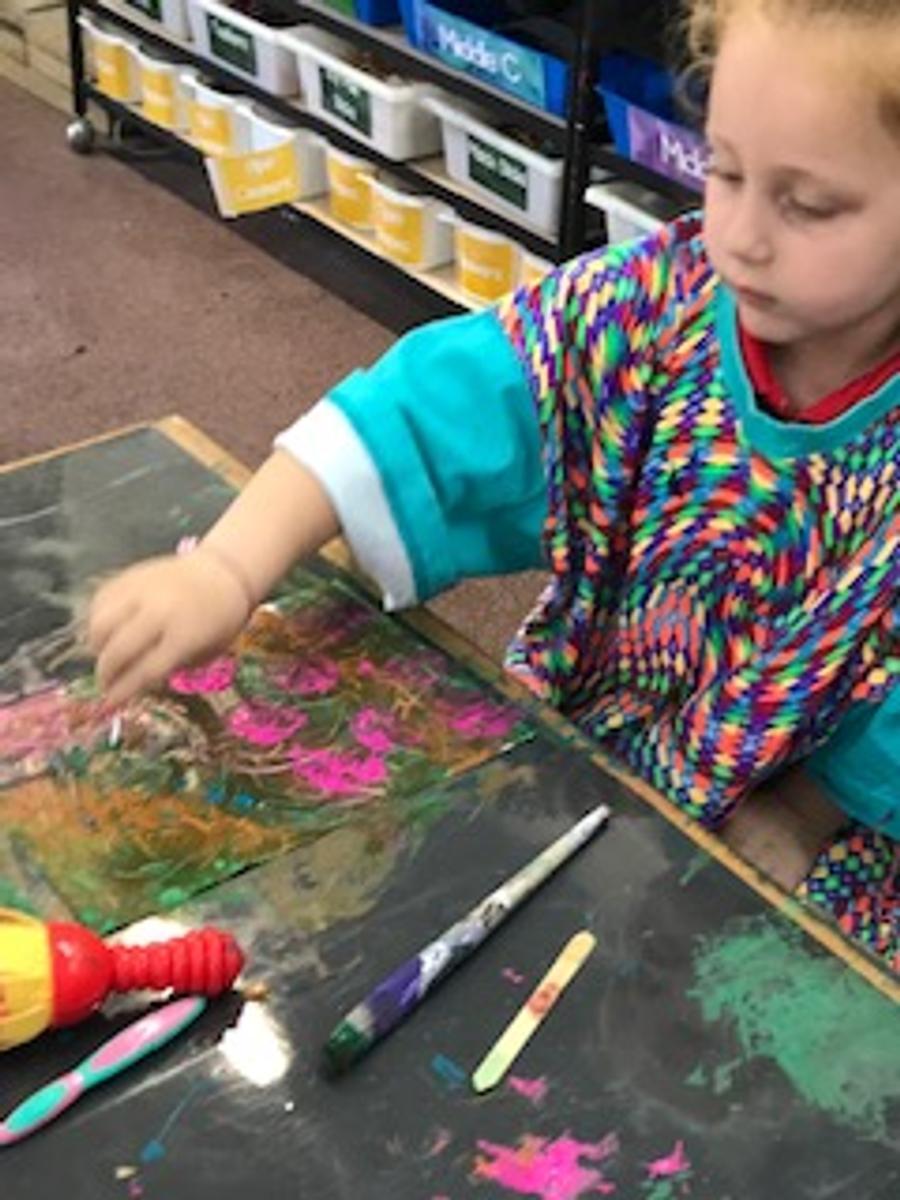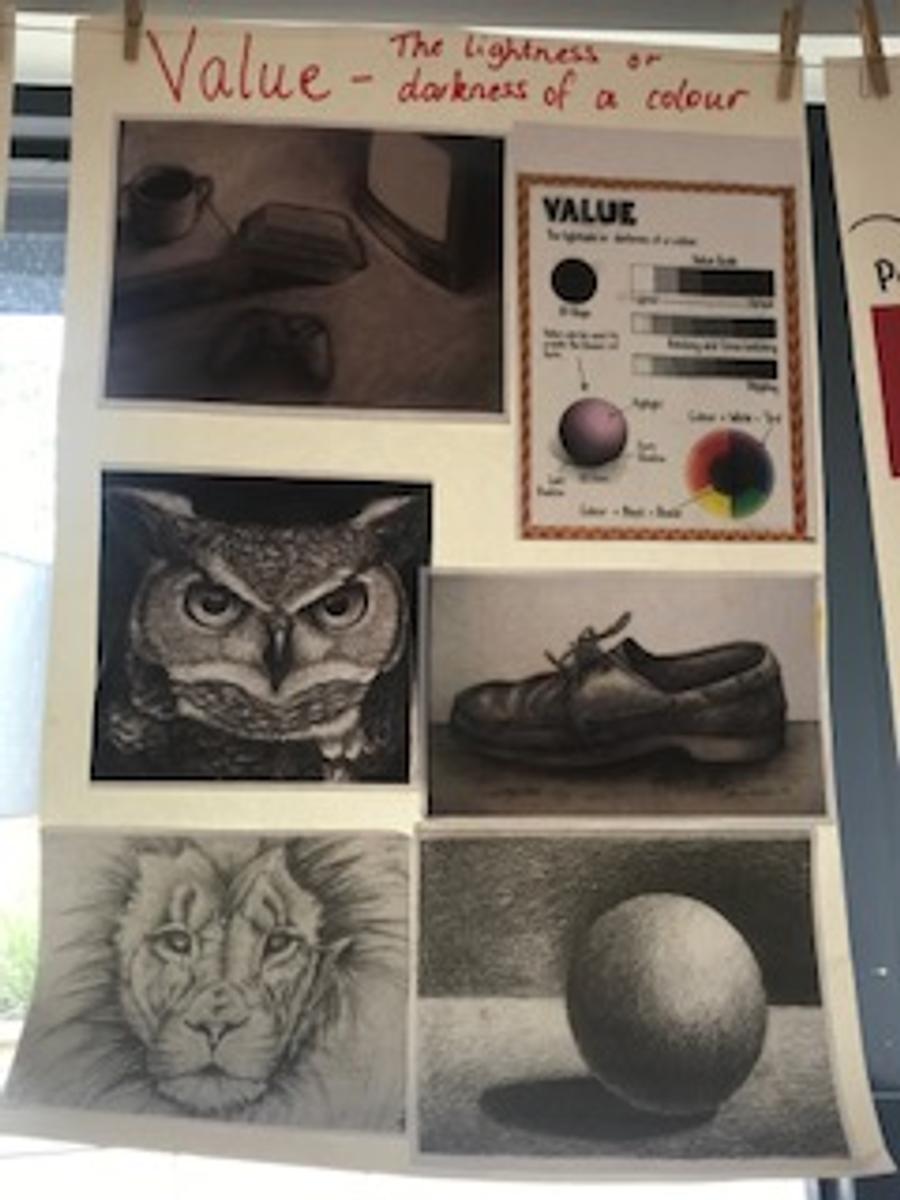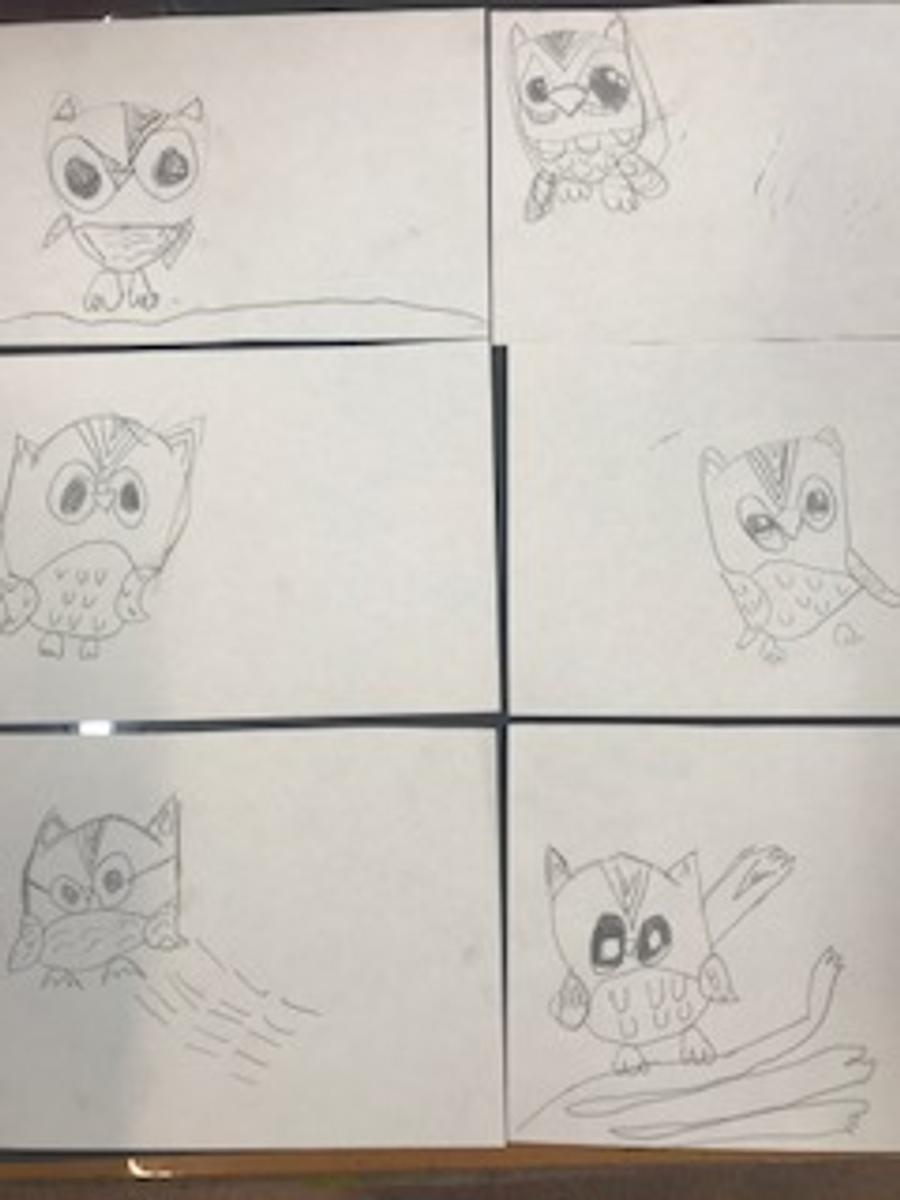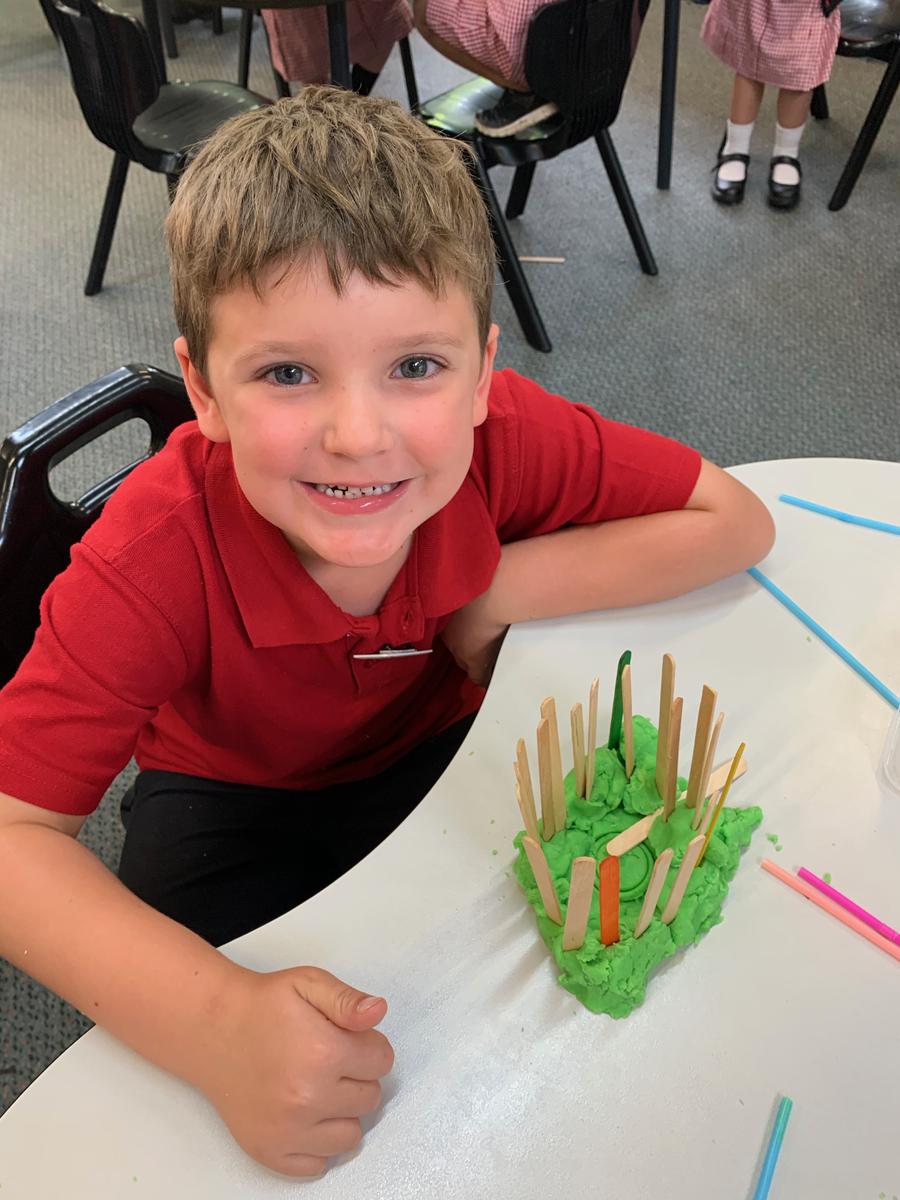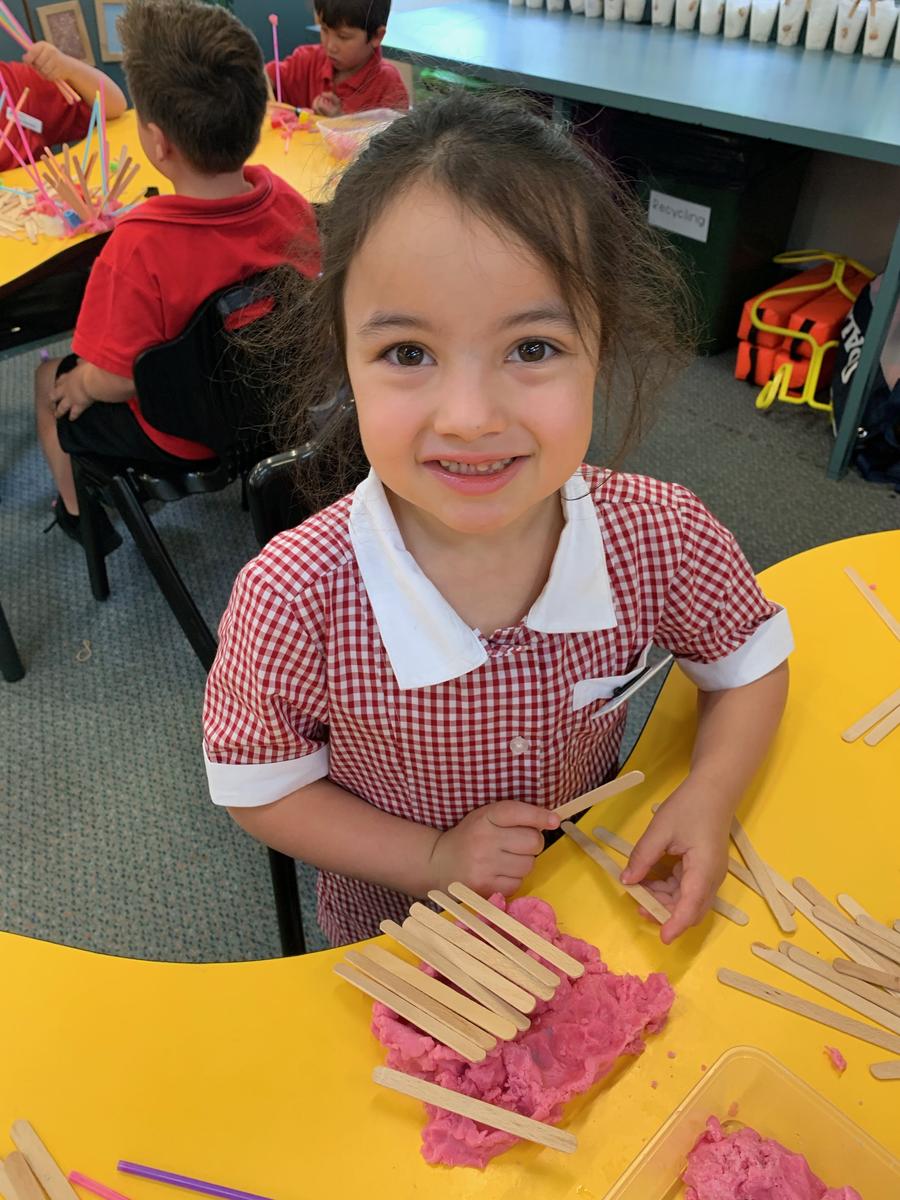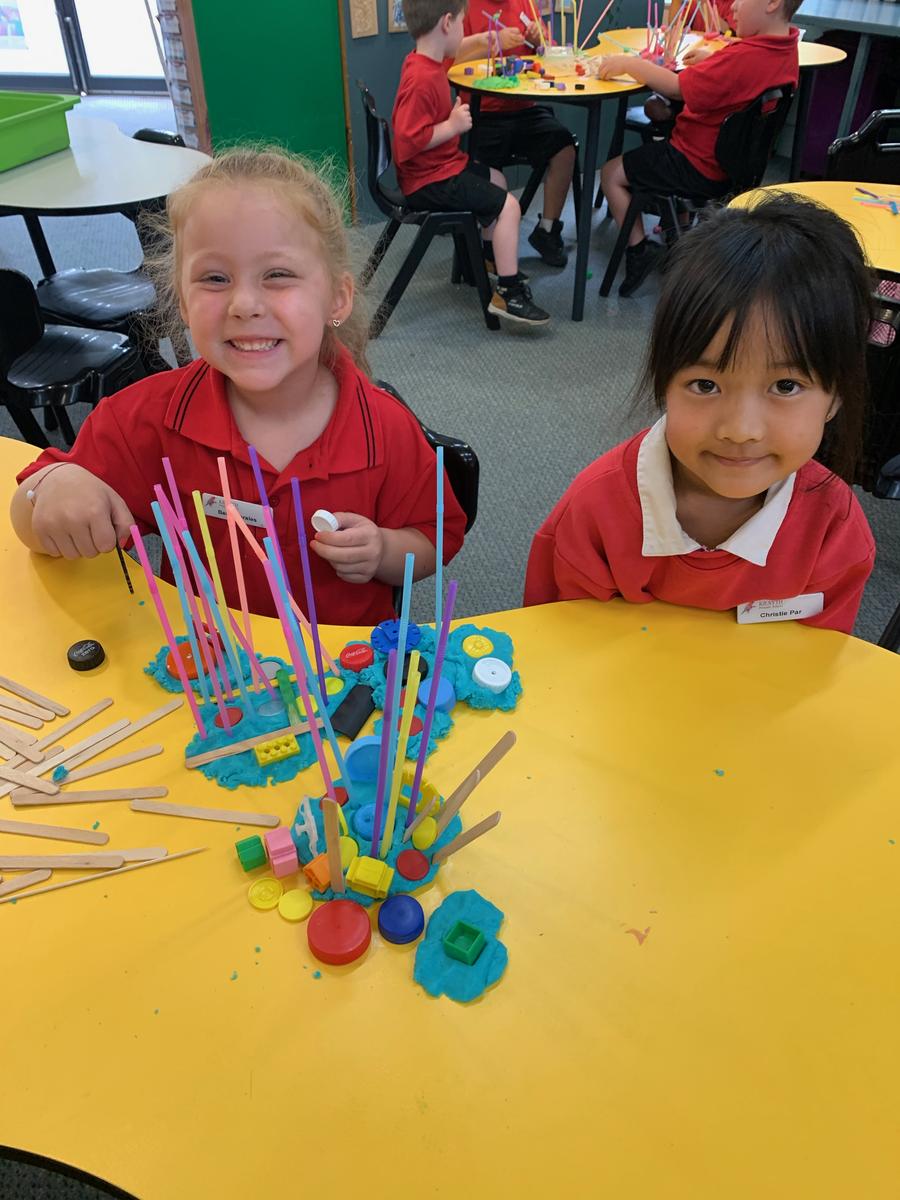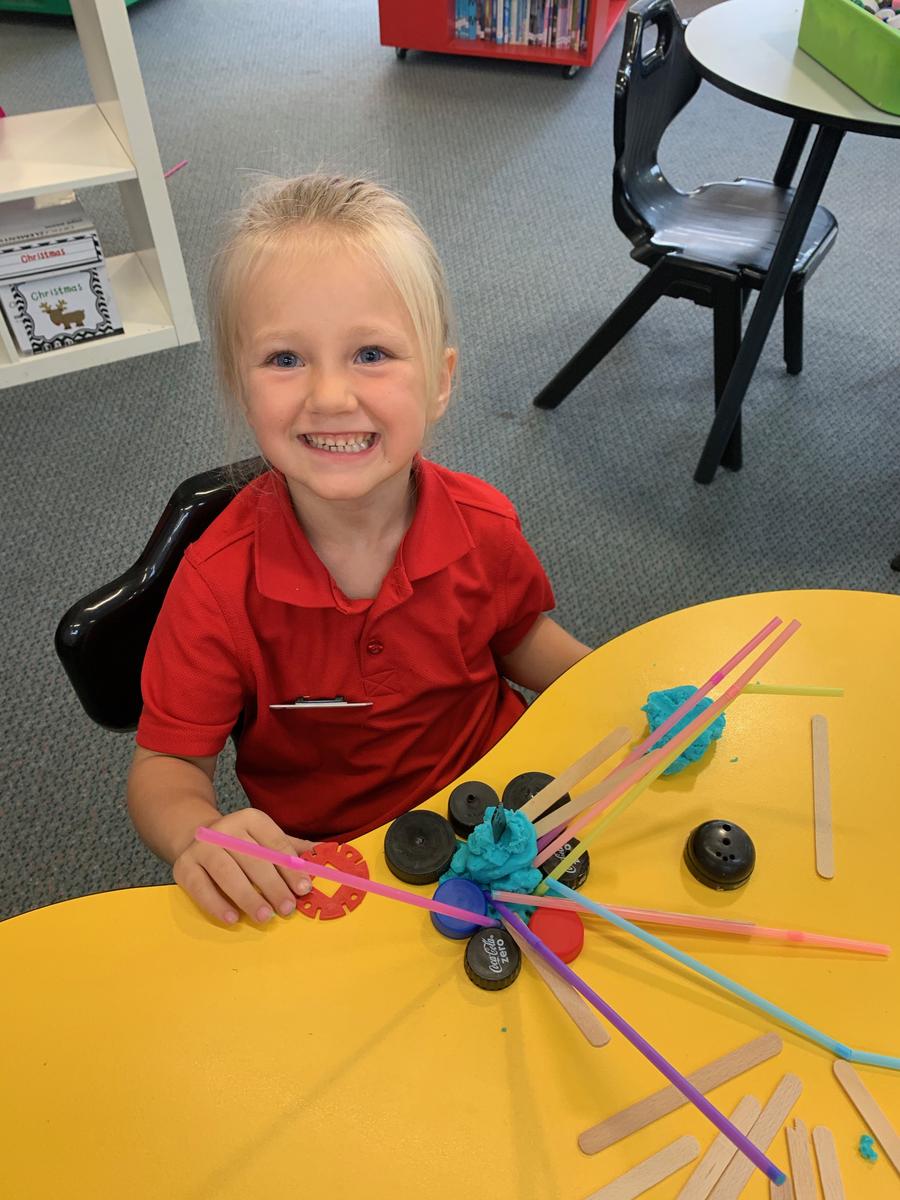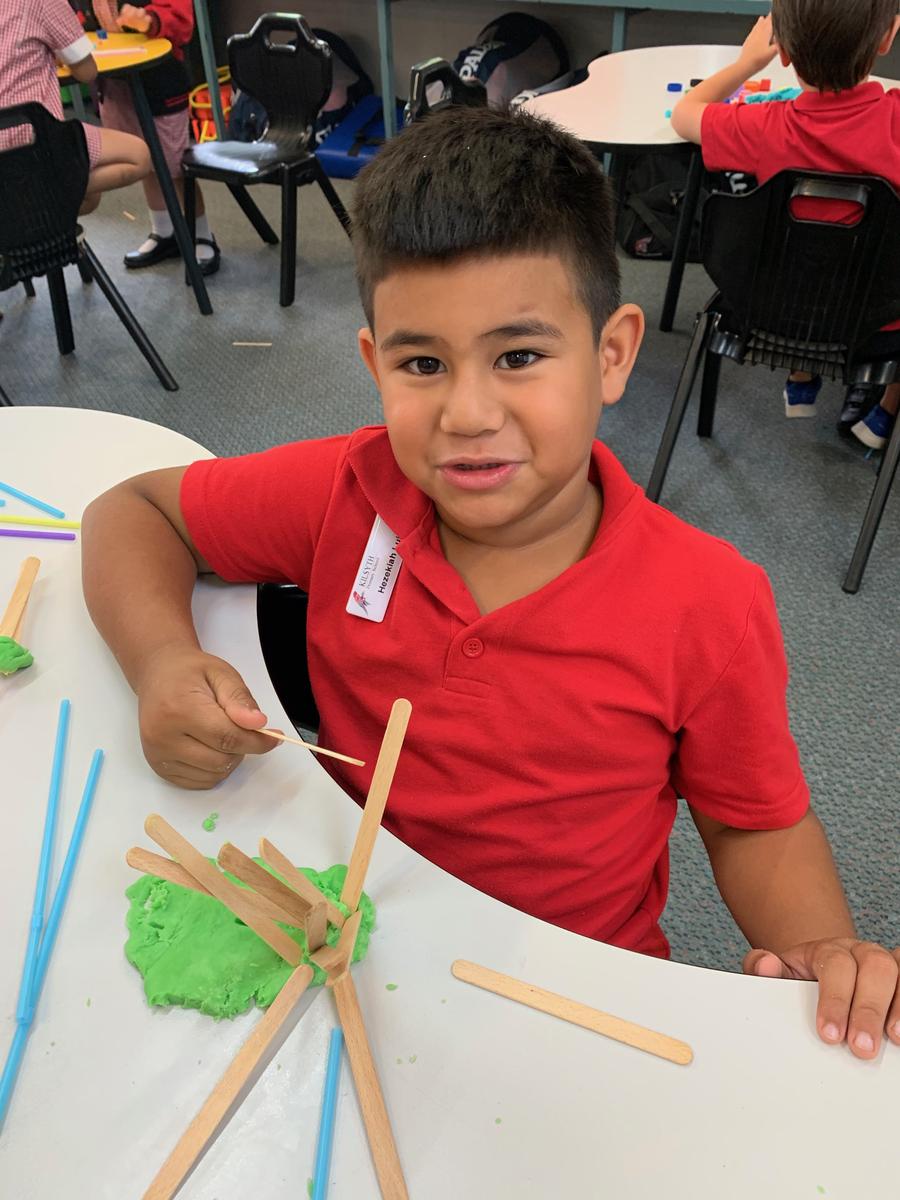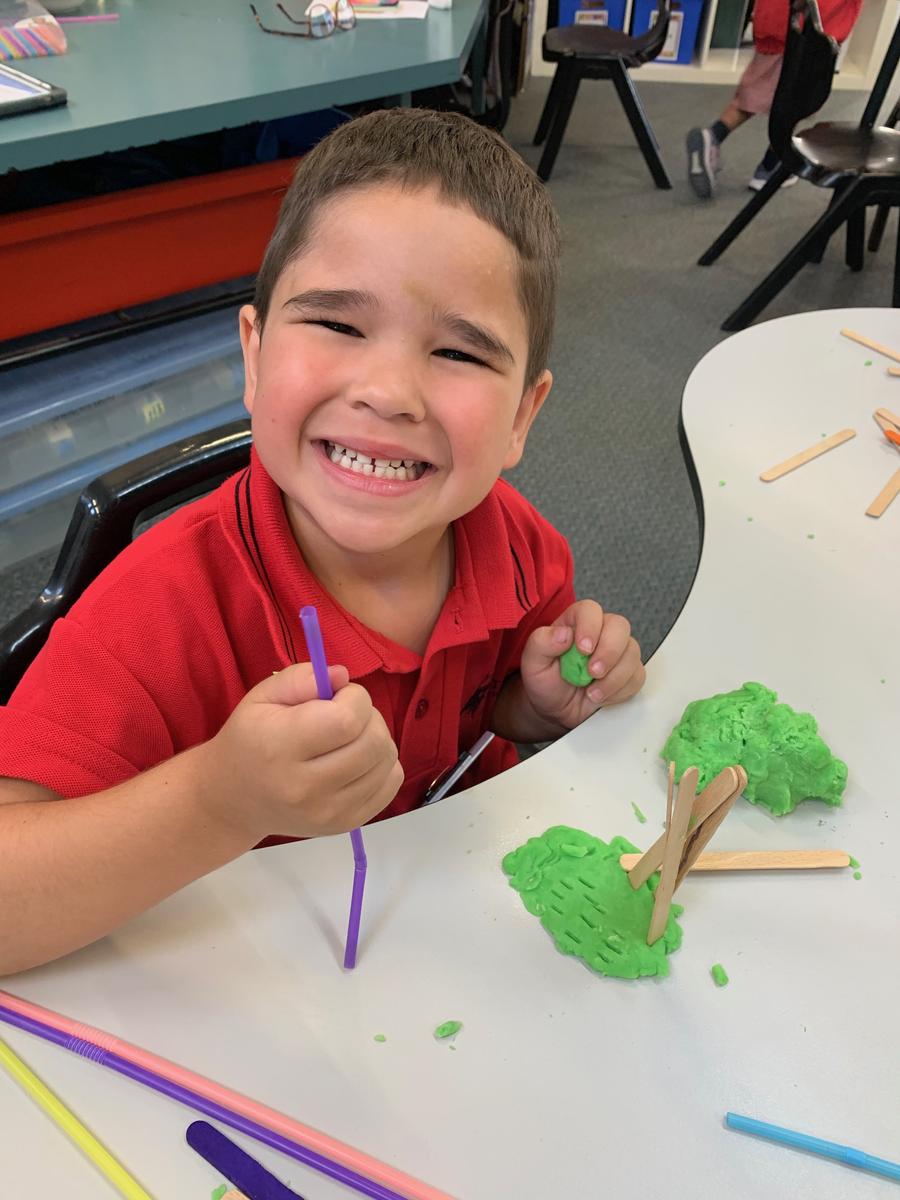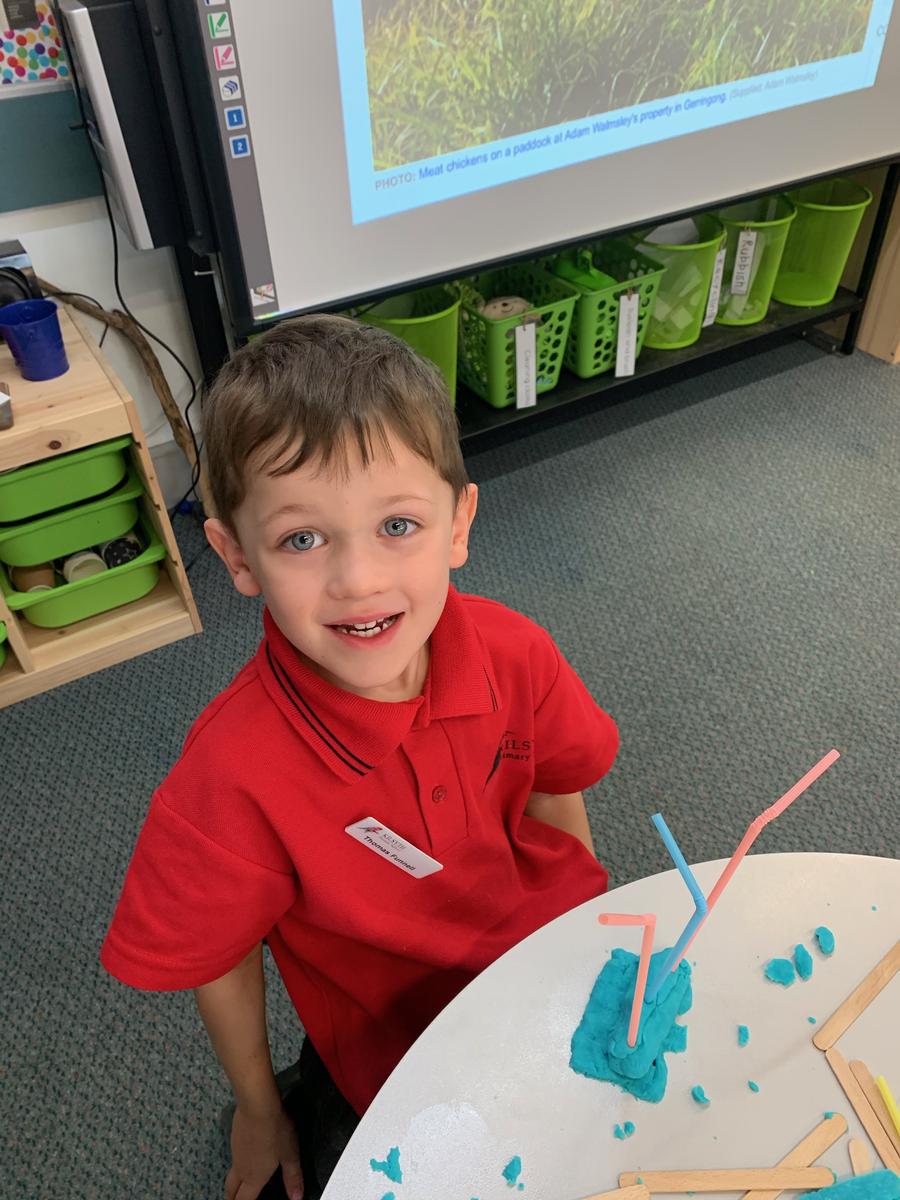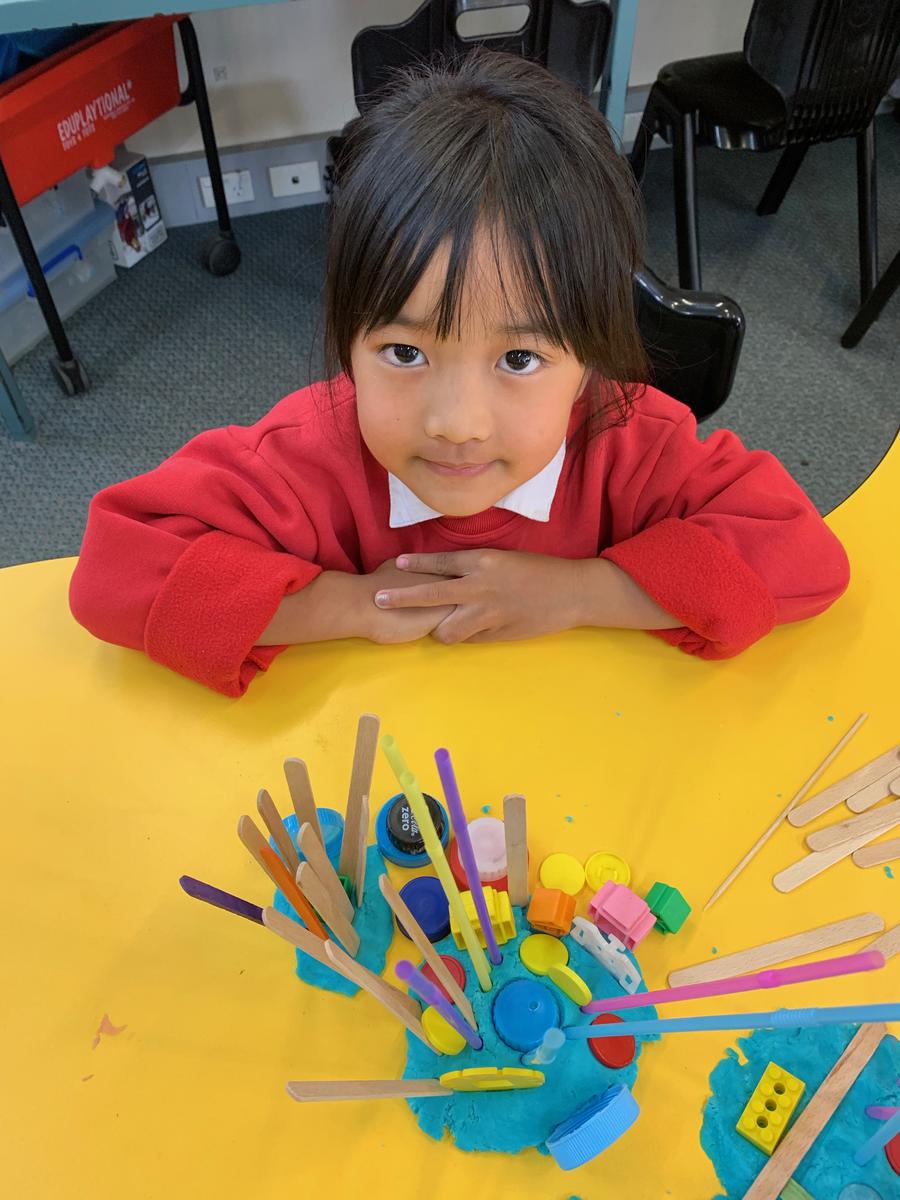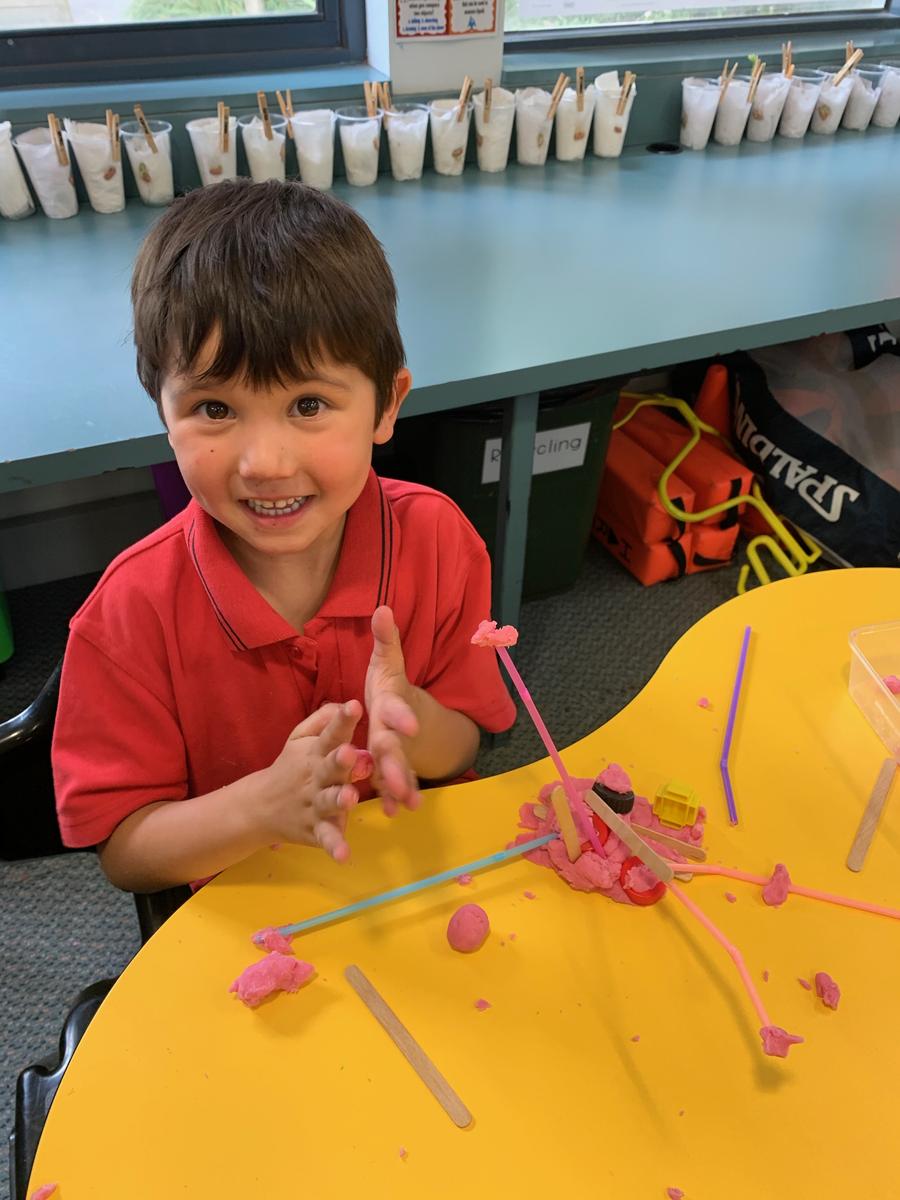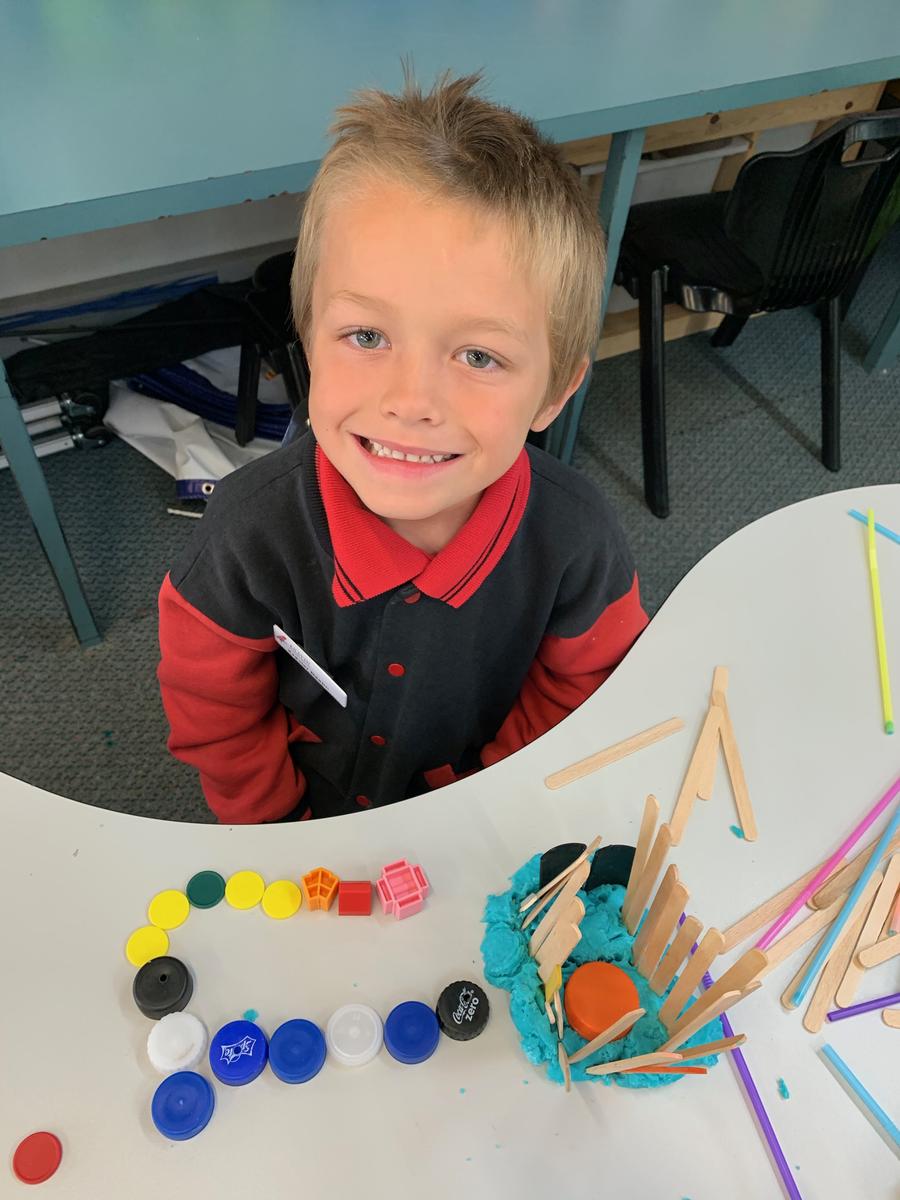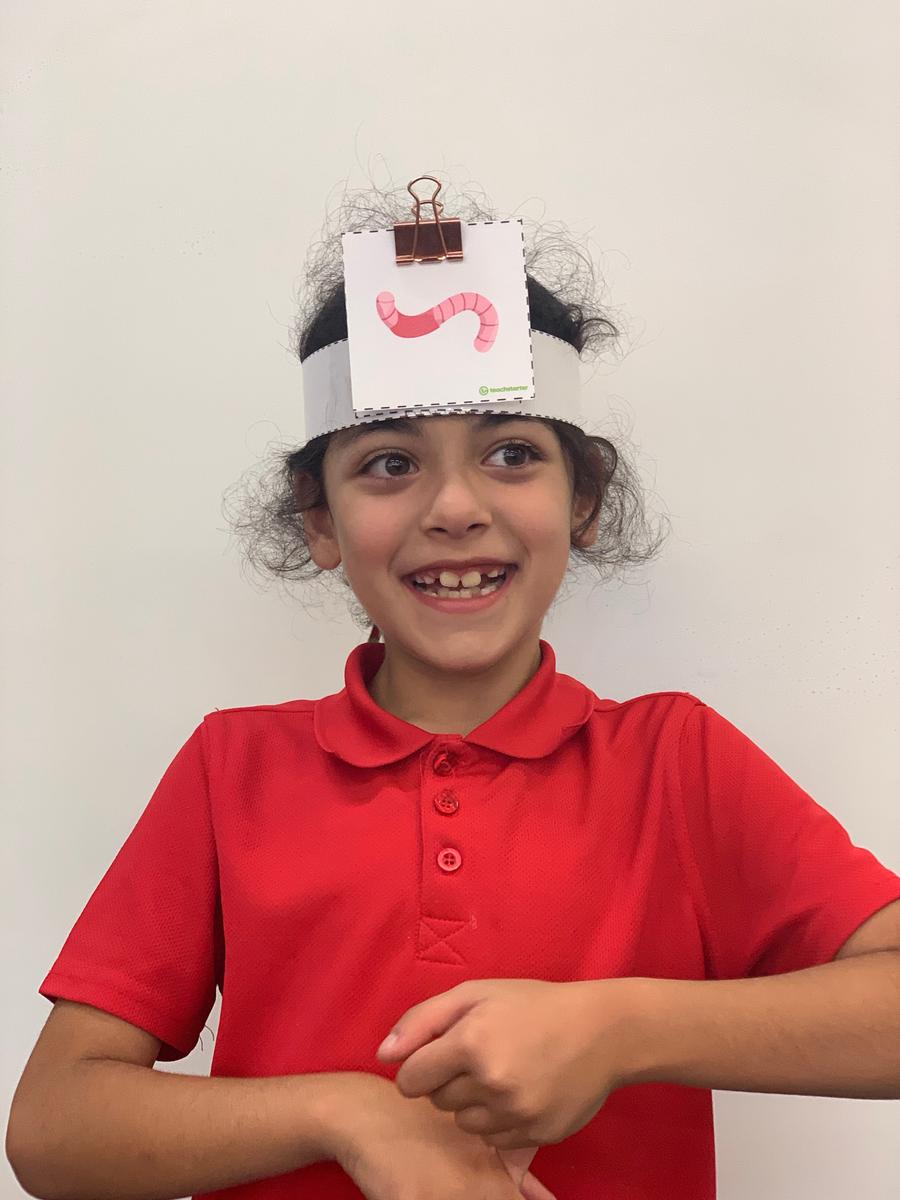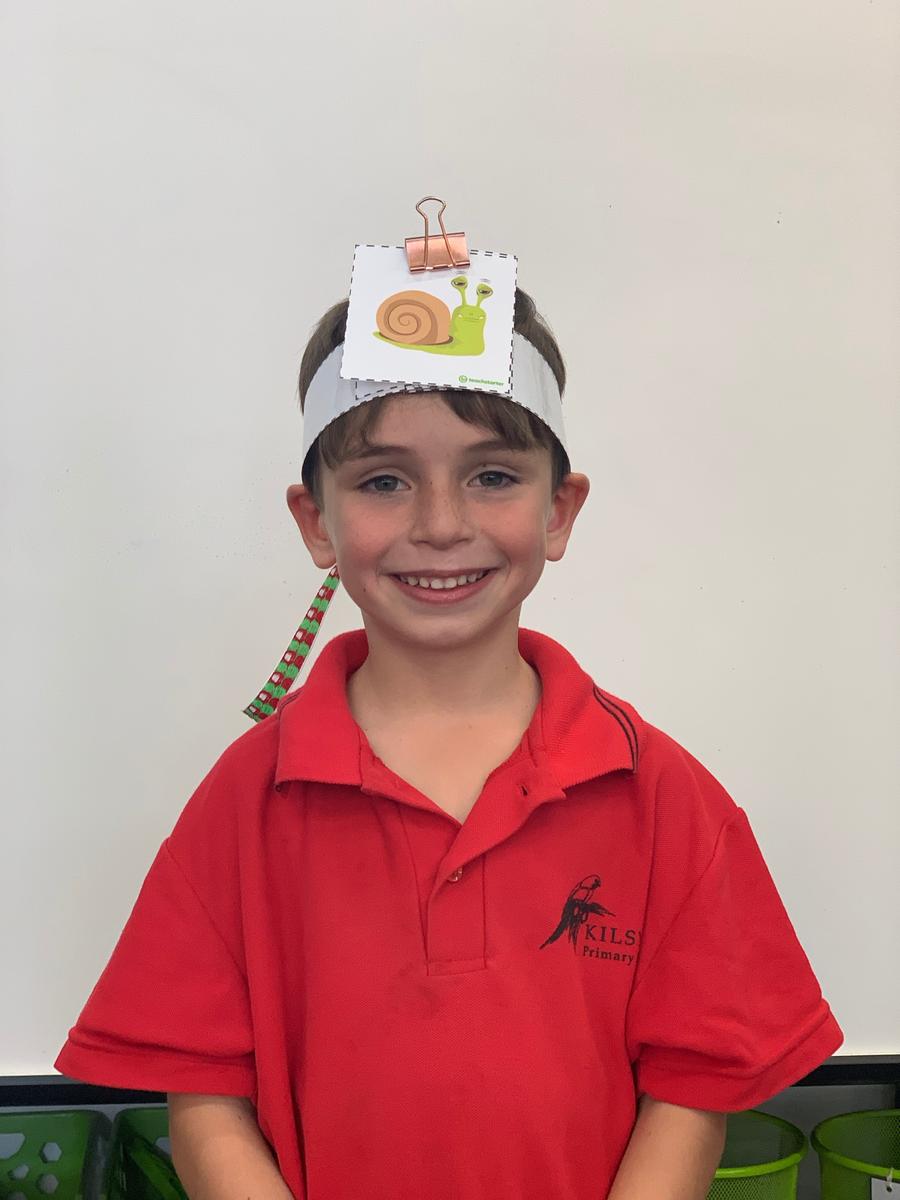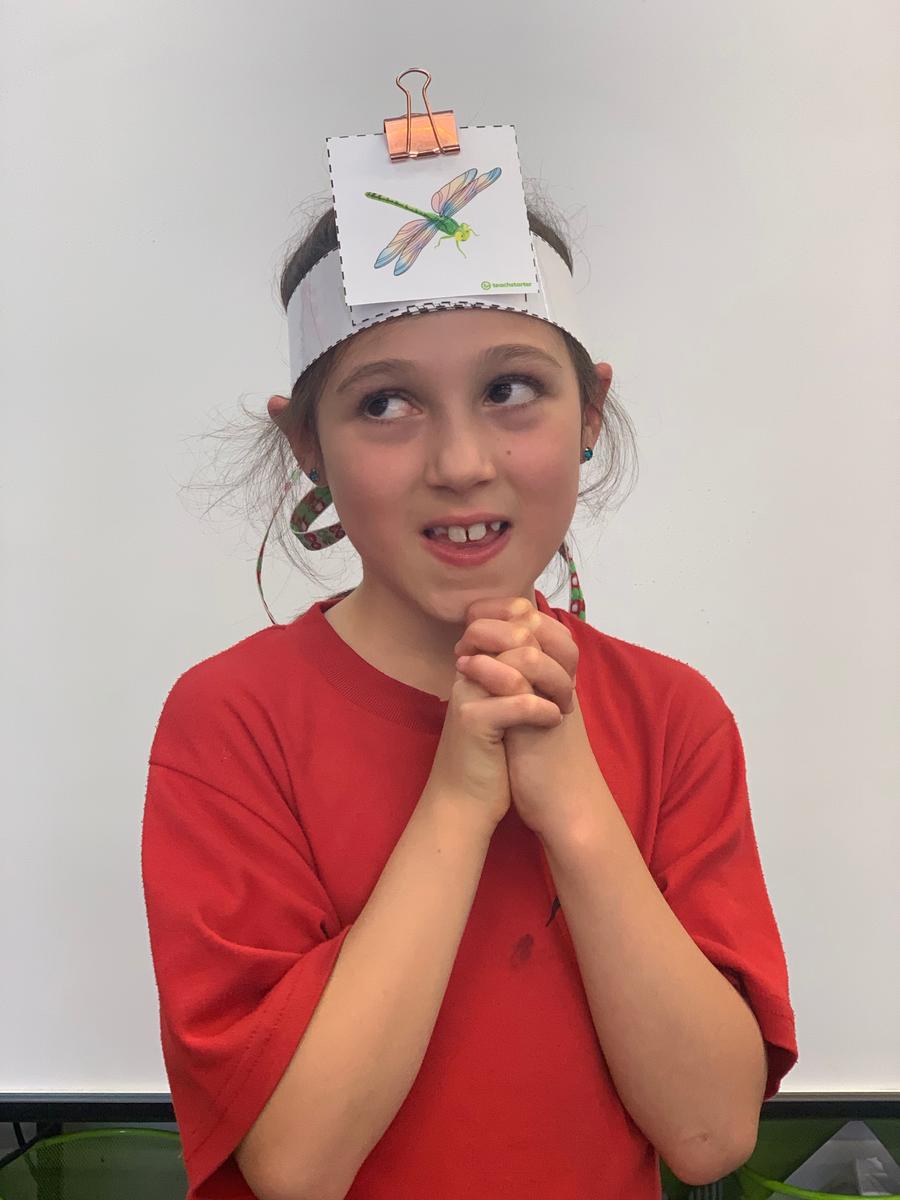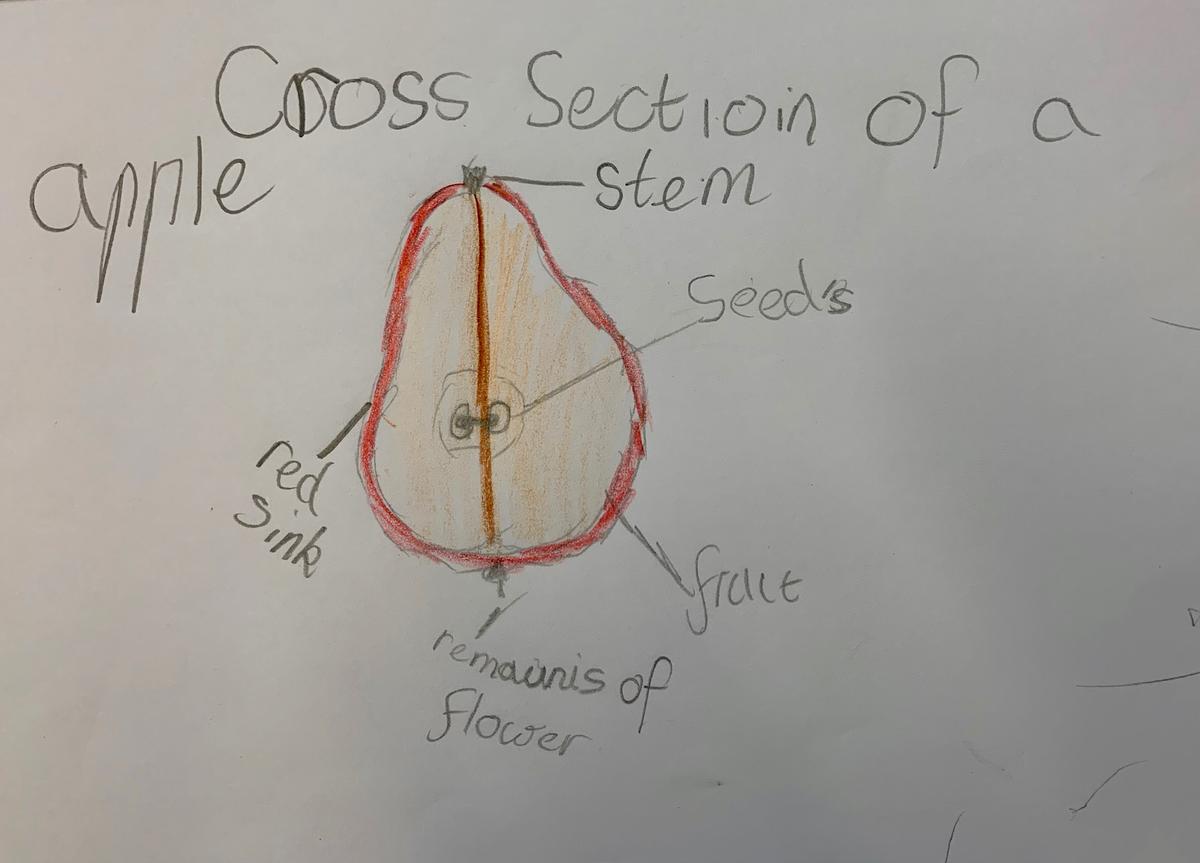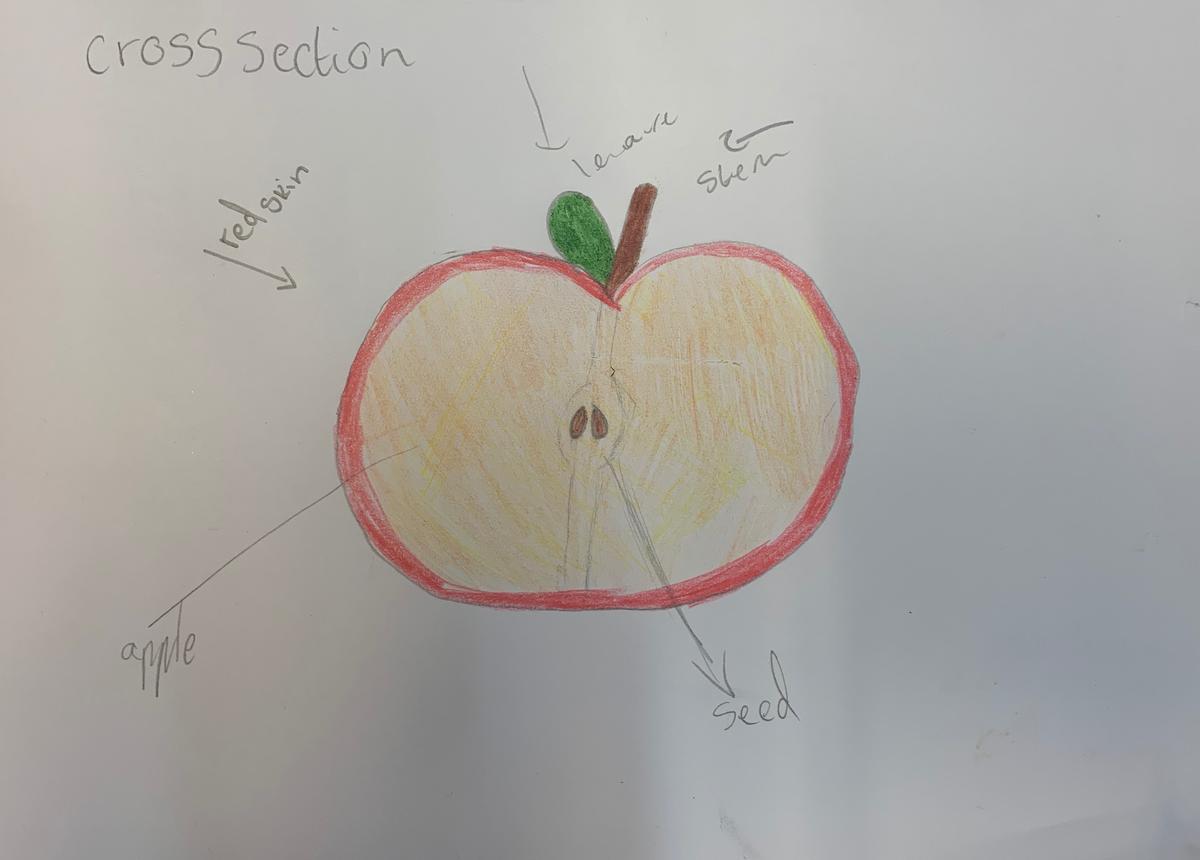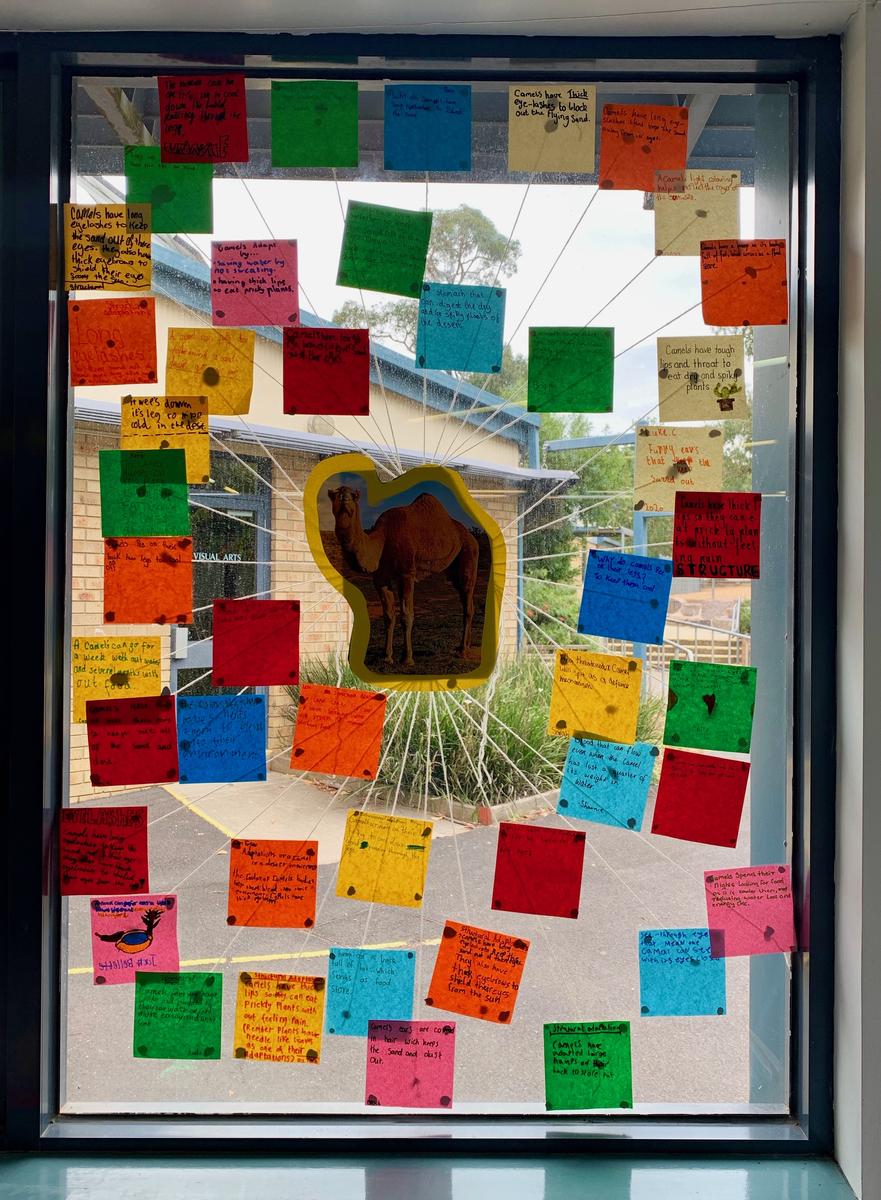Specialist Team News
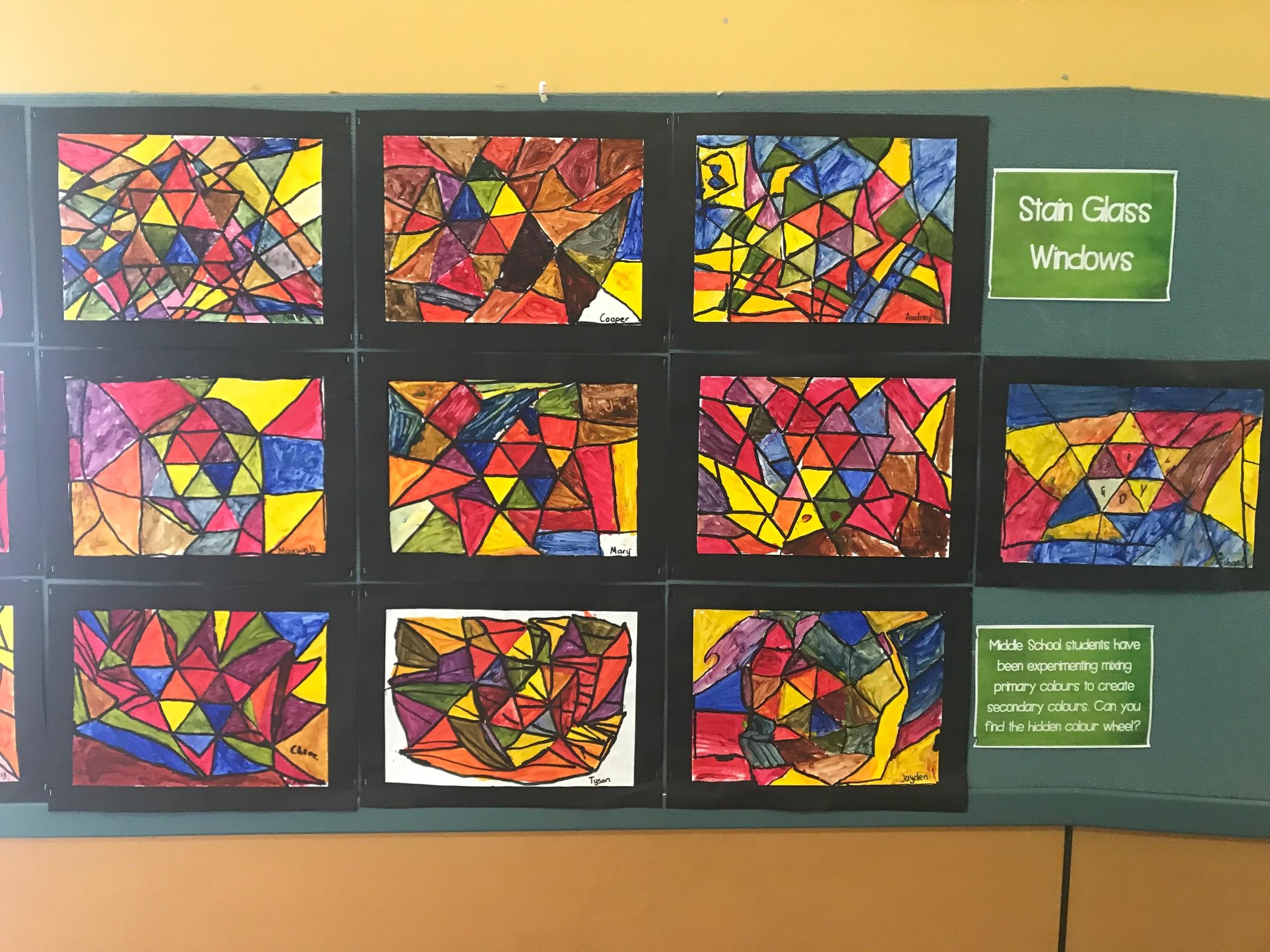
Visual Arts
As the term progresses (so quickly!) so do the skills of our KPS artists. They have been experimenting with a number of new techniques and are ready to move onto their final pieces for the term. Classes have been introduced to a mentor artist and we have been studying their art to use as inspiration in our own artwork. We have been proud of the work created so far this term, so come past the Art Room and check out the amazing pieces on display.
Currently, we are looking for plastic trays. If you have any, please give them a good wash and put in the blue tub outside the Art Room.
What's happening in the coming weeks?
Foundation students are so proud of the 'Birds of Colour' artwork they completed a few weeks ago. We are continuing to experiment with paint (primary and secondary colours) and learning how to create textured effects in our artwork. Over the next few weeks we are using the Dr. Suess book 'Oh, The Places You'll Go' as inspiration to create our own hot air balloons. We will also looking at Eric Carle's 'The Very Hungry Caterpillar' and how he creates his own tissue paper for his illustrations. We are learning to use a range of equipment to create different textures.
Junior School has been studying the works of Brian Commerford; an artist who sketches and paints extreme close-ups of birds and animals. We have developed our skills using line and experimenting with changing the value while shading and are ready to start out final artworks. Students have sketched a simple owl, and are moving onto sketching an extreme close up over the coming weeks. We are learning how to use different lines so that we can create realistic close-up drawings.
Middle School are completing a 'Kapow' artwork using acrylic paint and a variety of tools to create a layered effect with different textures. We are about to look at Laurel Burch and her work in terms of folk art and what this means. We can't wait to get started on our own interpretation of 'Fantastic Felines'. We will be learning to use different types of line so that we can create our desire image and using contrasting colours for each section to create a bright cat.
Senior School has begun sketching their own flamingos or giraffes. They have been inspired by Olga Sharvartsur; an artist who uses watercolour to paint animals. We will use watercolours paints once the sketches are complete. Students are learning to use line to create a realistic drawing and are learning to layer our watercolour paints to create depth and realism.
Bec Bertrand
Science
- Foundation Students have been working very hard in all Science lessons. Its been so great seeing them all so engaged in their learning and starting to understand the scientific process. Last week Foundation researched the needs of people in their living spaces. They played games to find out whether they feel better in a small space being squished with others or in a large space with room to move. After that they thought about their idea room in a house and built a model, using various materials. This week, they have revisited using their 5 senses to think about a different way to experience a phenomenon. The students know that using their senses can help them stay safe too. They made popcorn and thought about what they could hear when it was cooking. There was lots of popping! When the students were eating it they thought that it felt rough and bumpy. They thought the taste was savoury or salty and so was the smell. When the students looked at the popcorn they noticed it was white. All students did an excellent job of completing an observational drawing and writing a sentence.
Junior School Students have also been working and learning to an excellent standard! They have continued their focus on small creatures in the playground. They are focusing on the specific features and behaviours and learning some important science skills to supplement their scientific understanding. Students have been learning to use labels to show specific information in a visual image. They have identified and labelled ants, earthworms and snails. Using this information the students could then compare a snail and an ant. Using a Venn Diagram was a terrific way to discover that these animals don't have much in common but there are parts that are the same. The students then enjoyed using their deep knowledge of various small creatures to play a fun game of Celebrity Bug Head!
Middle School Students have continued their very successful study of plants. Most have managed to cultivate some great bean plants form a seed. Each week the students have made keen observations: measuring their growing seedlings, noting the growth of roots, stems and new leaves. Alongside that, the students have engaged in learning about the very specific components of flowers and how these transform into a fruit. To that end, they have completed accurate observations of cross-sections of flowers and apples. They have made great observational drawings to record their learning, making important links between the flower and the fruit.
Senior School Students have discovered some very interesting (but possibly gross) behavioural adaptations that camels have made in order to survive in a hot, dry environment. Did you know that a camel will urinate on its own back legs as a way of keeping cool? The students have been learning about structural and behavioural adaptations that animals make and the focus has been on camels. Researching the different facts has allowed them to put together a wonderful display which is in the library if you're keen to learn more. The students have also learnt about capillary action and how this adaptation is vital to the survival of the Thorny Devil Lizard. Watching liquid defy gravity and travel up a straw was a good demonstration of this.
Jane Seemann
Global Studies, Ethics and Indonesian
It has been another couple of busy weeks in GS/Ethics/Indonesian. I have been very impressed with the ideas and thought process that our students come up with daily. I would still really love to talk with any parents who come from other cultures and would like to contribute their knowledge and experience within the K.P.S. community.
All Students
All of our students have, or will shortly, be making Es Kelapa (Coconut Ice). We have discussed coconuts in Indonesia and other countries. We have talked about how we get them down, the dangers of coconuts falling on your head, how we can open one, what we can make with the shell and with the coconut itself.
The students are learning new Indonesian vocabulary associated with this topic. You may hear the following new words this week:
es- ice
kelapa- coconut
pohon- tree
daun- leaf
kera monyet- monkey
The Recipe for Es Kelapa
Equipment
- 1 baking paper
Ingredients
- 395 g sweetened condensed milk
- 3 1/3 cup icing sugar
- 4 1/4 cup desiccated coconut
- 1 tsp pink liquid food colouring
Method
- STEP 1Combine sweetened condensed milk, icing sugar and desiccated coconut.
- STEP 2Mix well, divide mixture in half.
- STEP 3Press half into a tray lined with baking paper.
- STEP 4Colour the remaining mixture with a few drops of pink food colouring.
- STEP 5Press pink mixture over white, leave in fridge until firm.
What else have we been learning
Our Foundation students have also been learning about different types of families. We will further be looking at families in other countries and what makes up a family for different people and in different cultures.
Our Junior students have been looking at houses and the importance of having a home. This will lead us into looking at the different types of houses around the world.
Our Middle students are looking at probability and what life is like in Kenya. More yummy cooking is coming up in coming weeks.
Our senior students have continued preparing and acting out their role plays on 'should the date of Australia Day should be changed', if so to what? Further, why we celebrate Australia Day and the importance of Sorry Day to not only Indigenous Australians but to Australia as a whole.
Harmony Day
Harmony Day is officially on 21st March, however; we will be celebrating it at K.P.S. on Tuesday the 24th March. Students are asked to wear orange on this day.
Harmony Day is celebrated to promote diversity in Australia, as well as to encourage acceptance and respect of other cultures. It is also celebrated to help contribute to the elimination of racial discrimination.
Why wear orange? Great question, I am glad you asked. We would like all students to wear orange on this day as the colour orange traditionally signifies social communication. This leads to meaningful conversations. The colour orange also represents the freedom of individual ideas, which in turn encourages mutual respect.
The students will participate in a Harmony Day celebration activity with their class teacher. If they have a specialist teacher on that day, they may also participate in another Harmony Day activity.
This day links closely with our school values and is a great way to lead meaningful conversations about the value and importance of diversity within our local community and within Australia as a Whole.
Kym Wallace.
Start typing your article in here...
